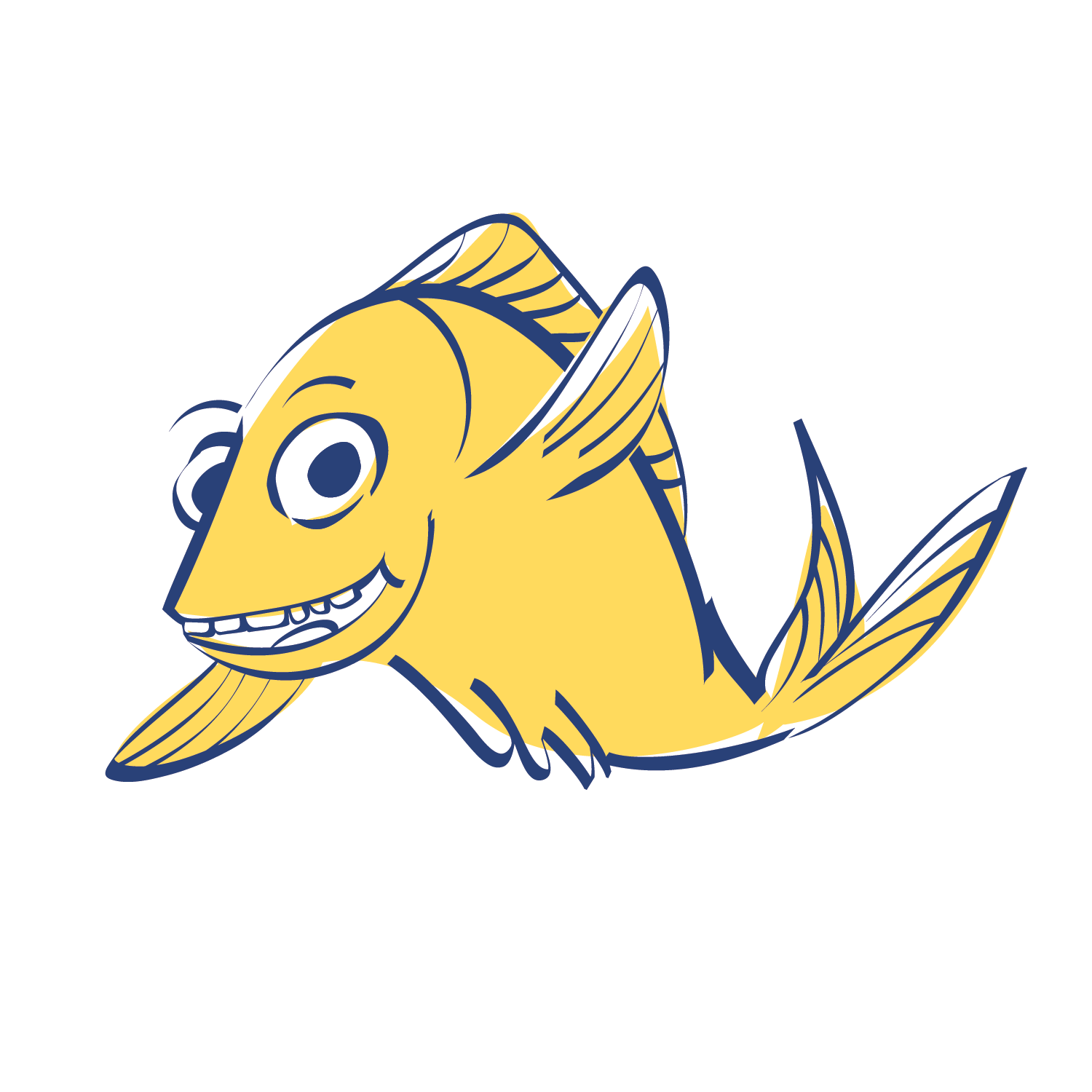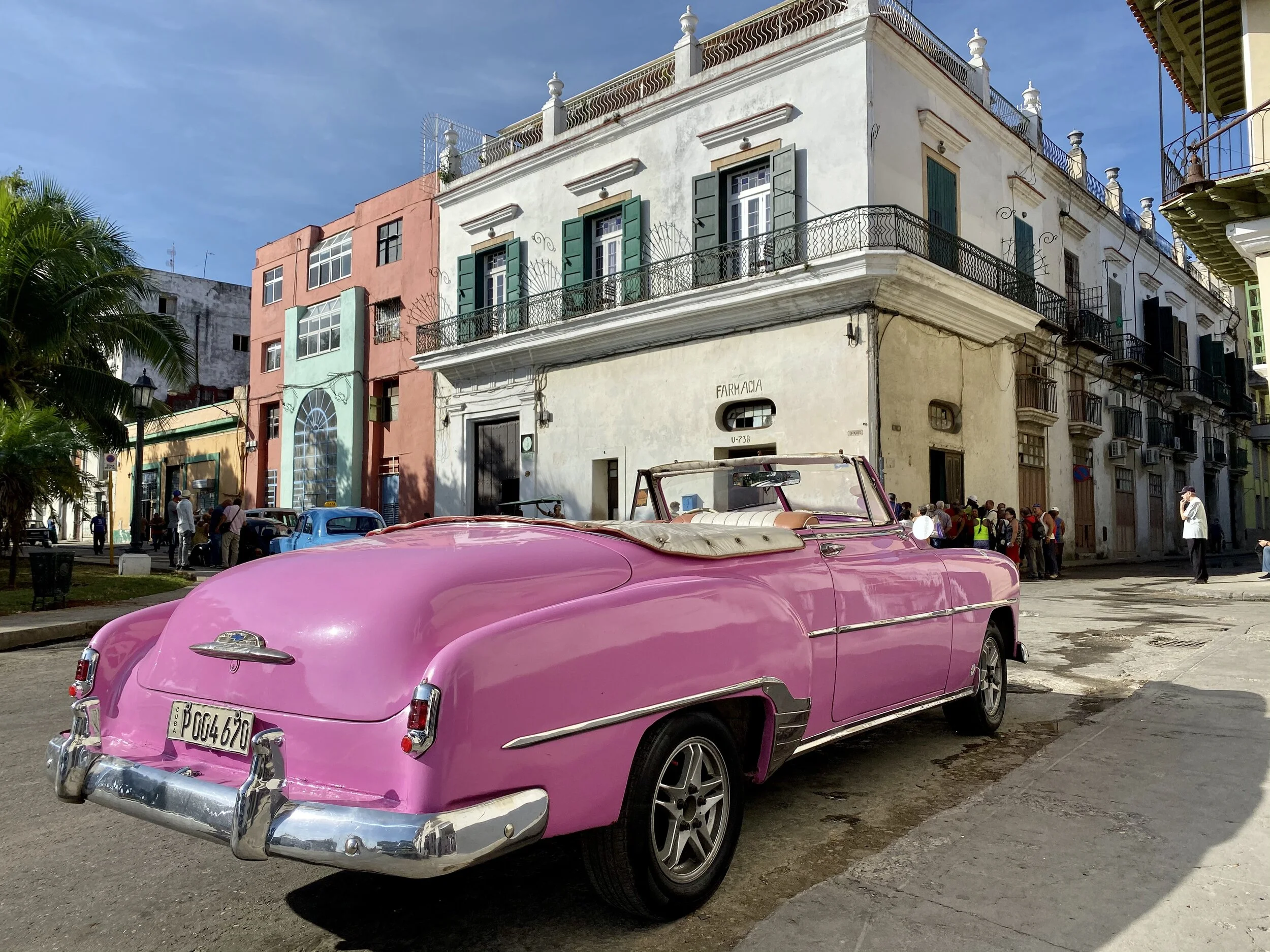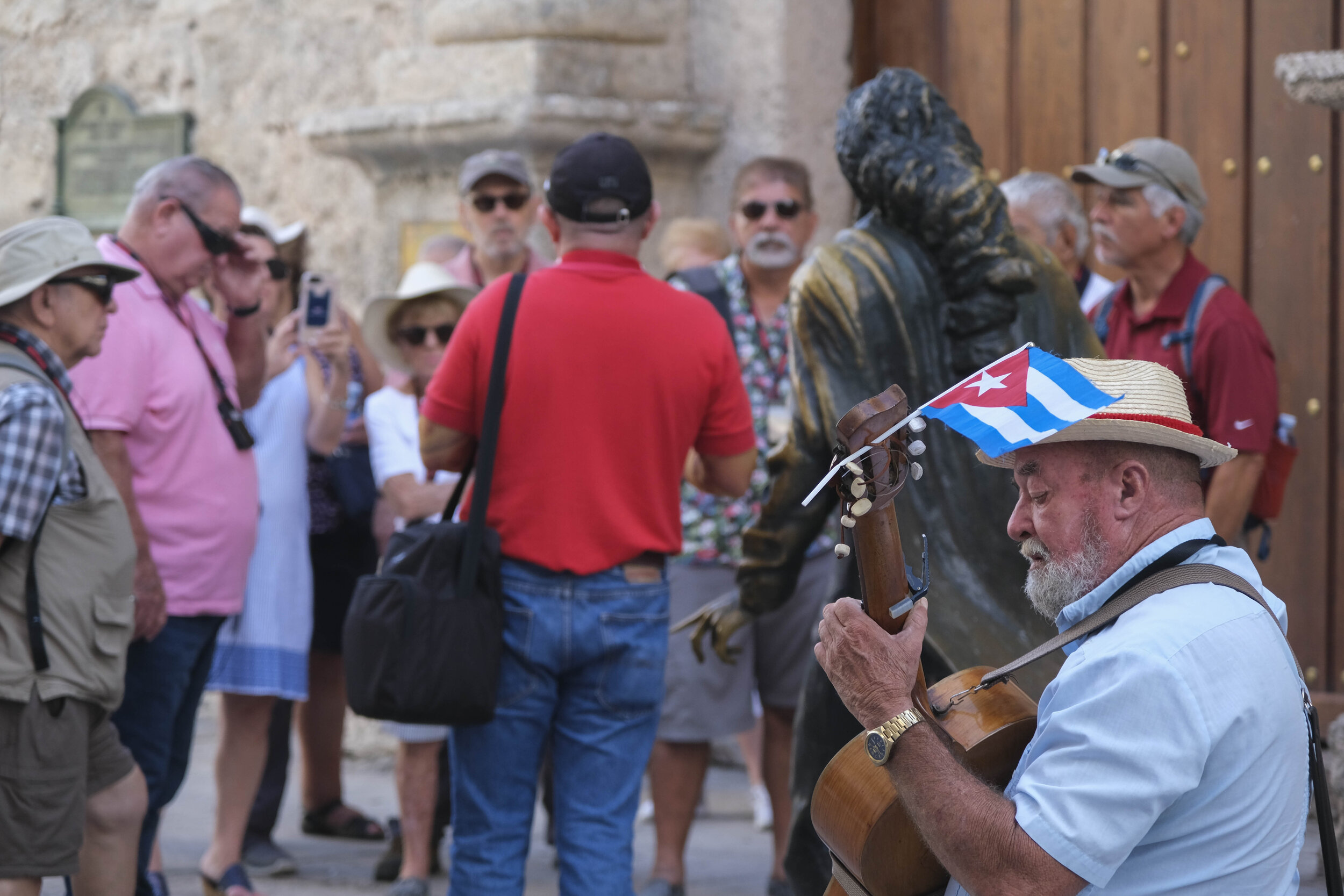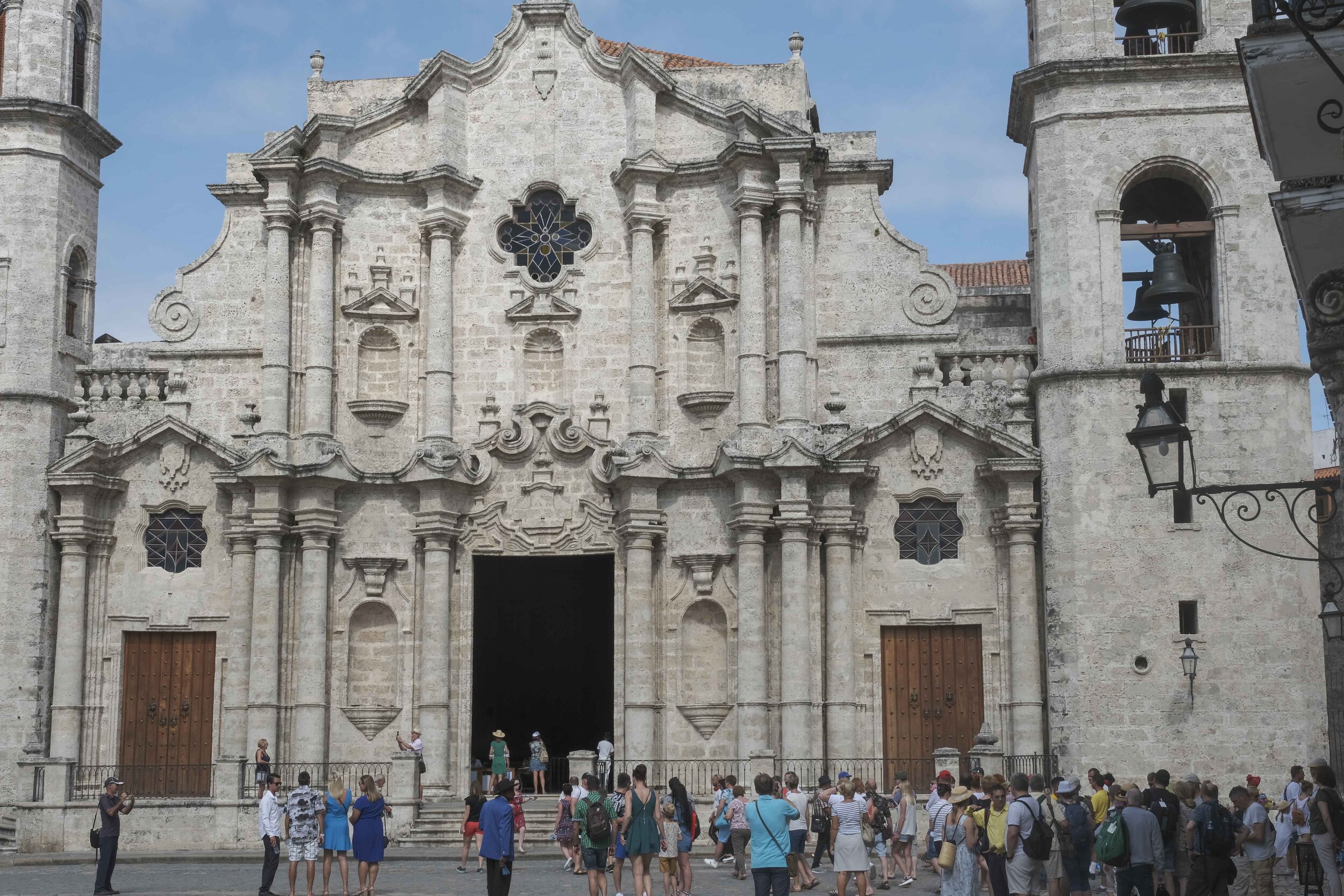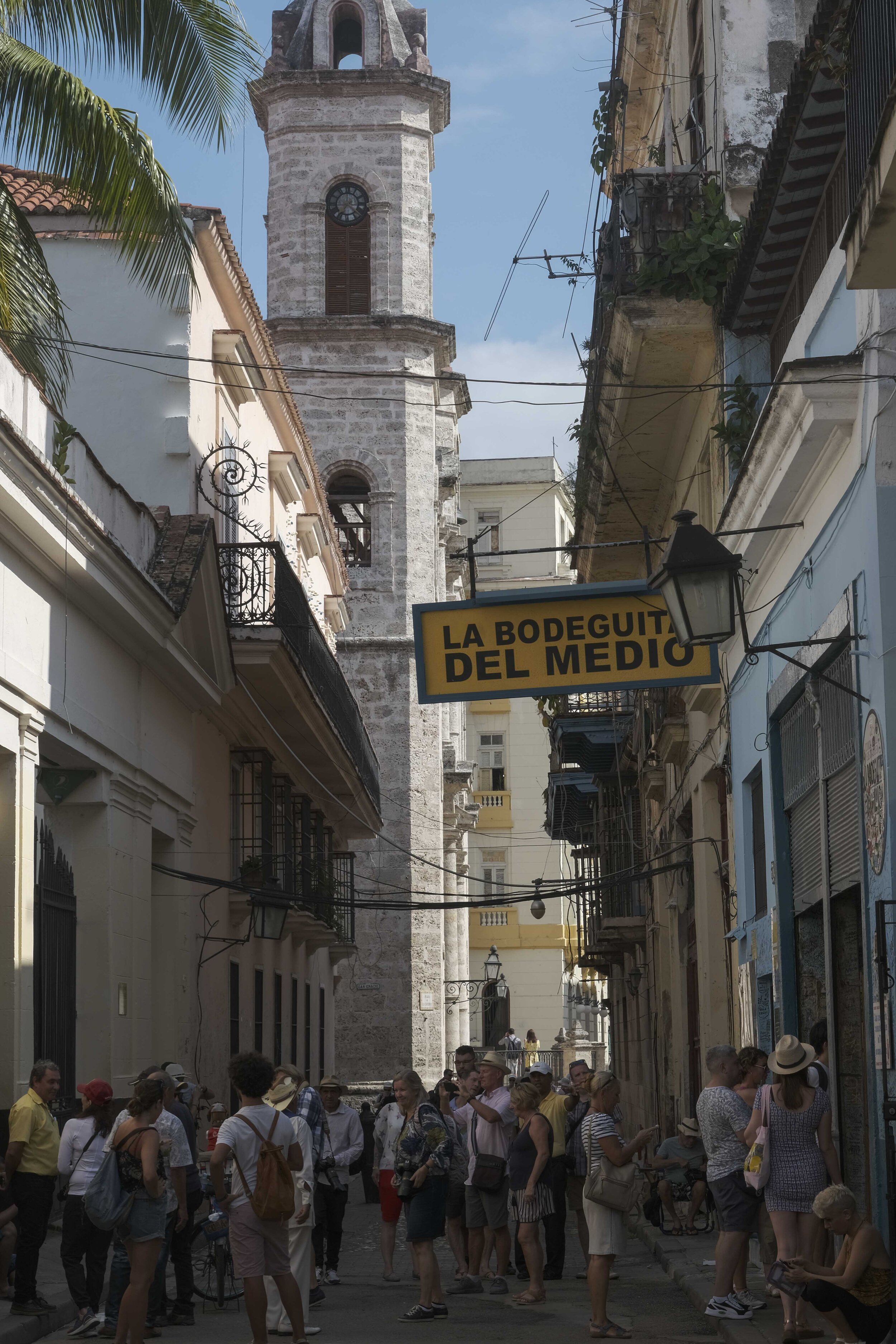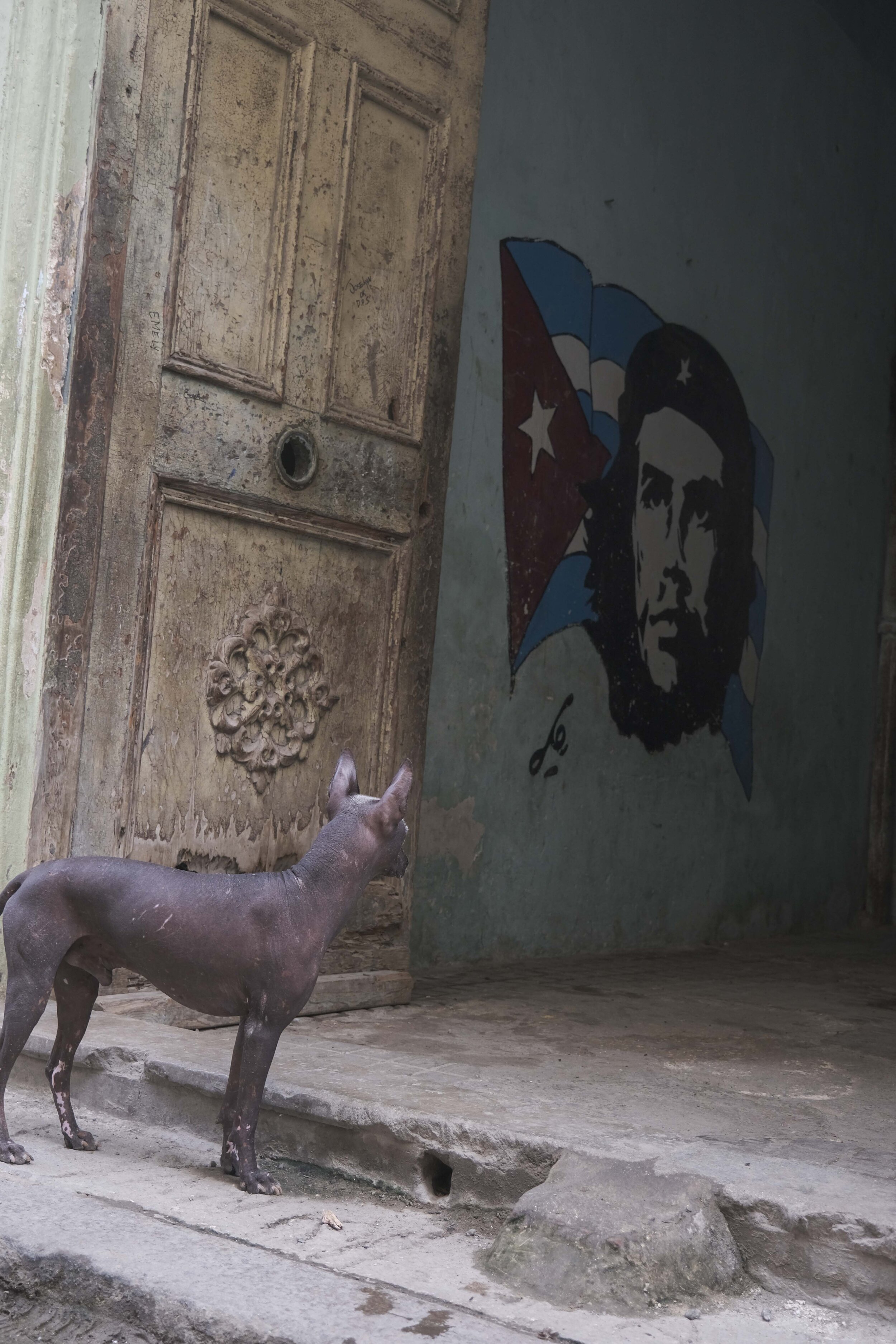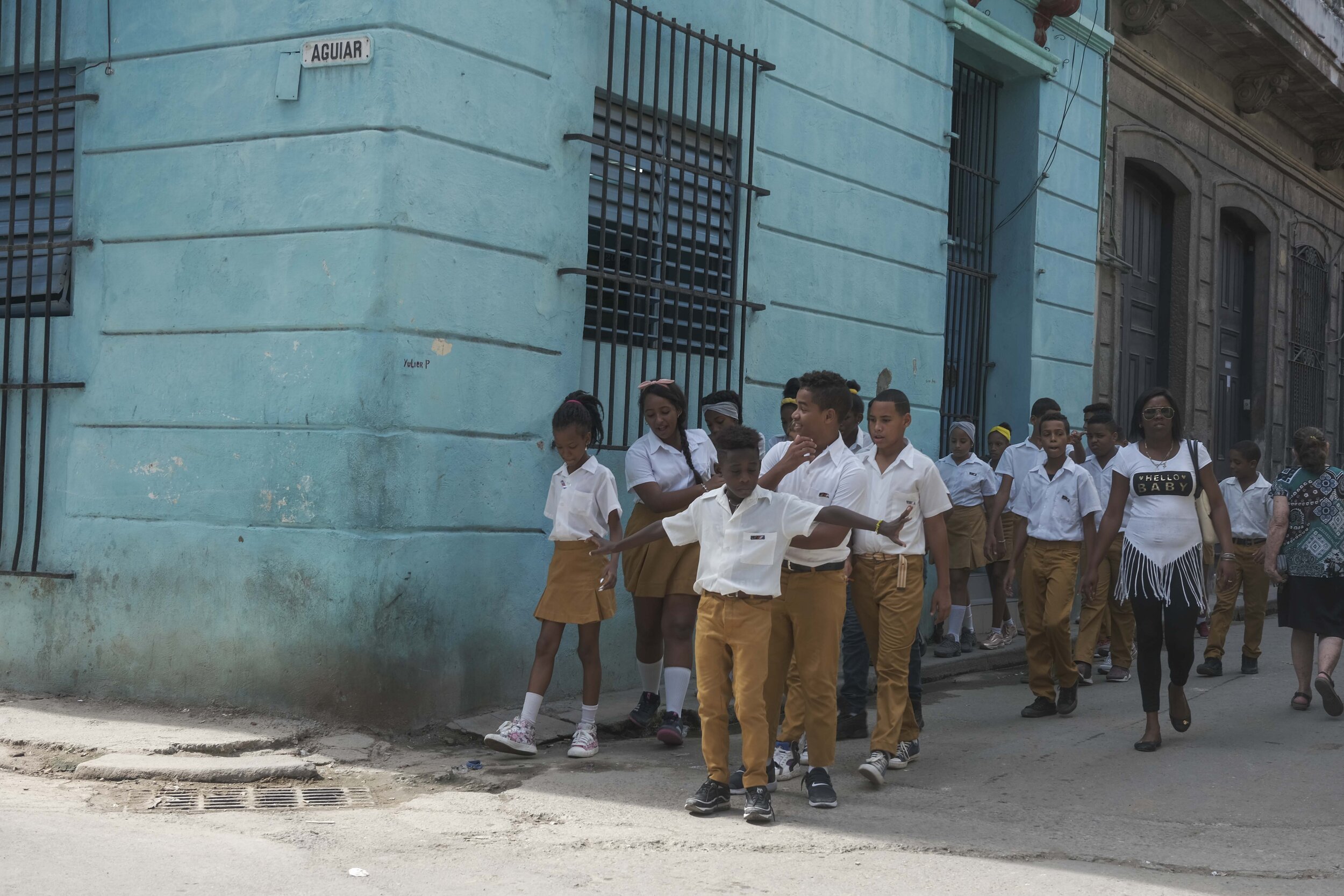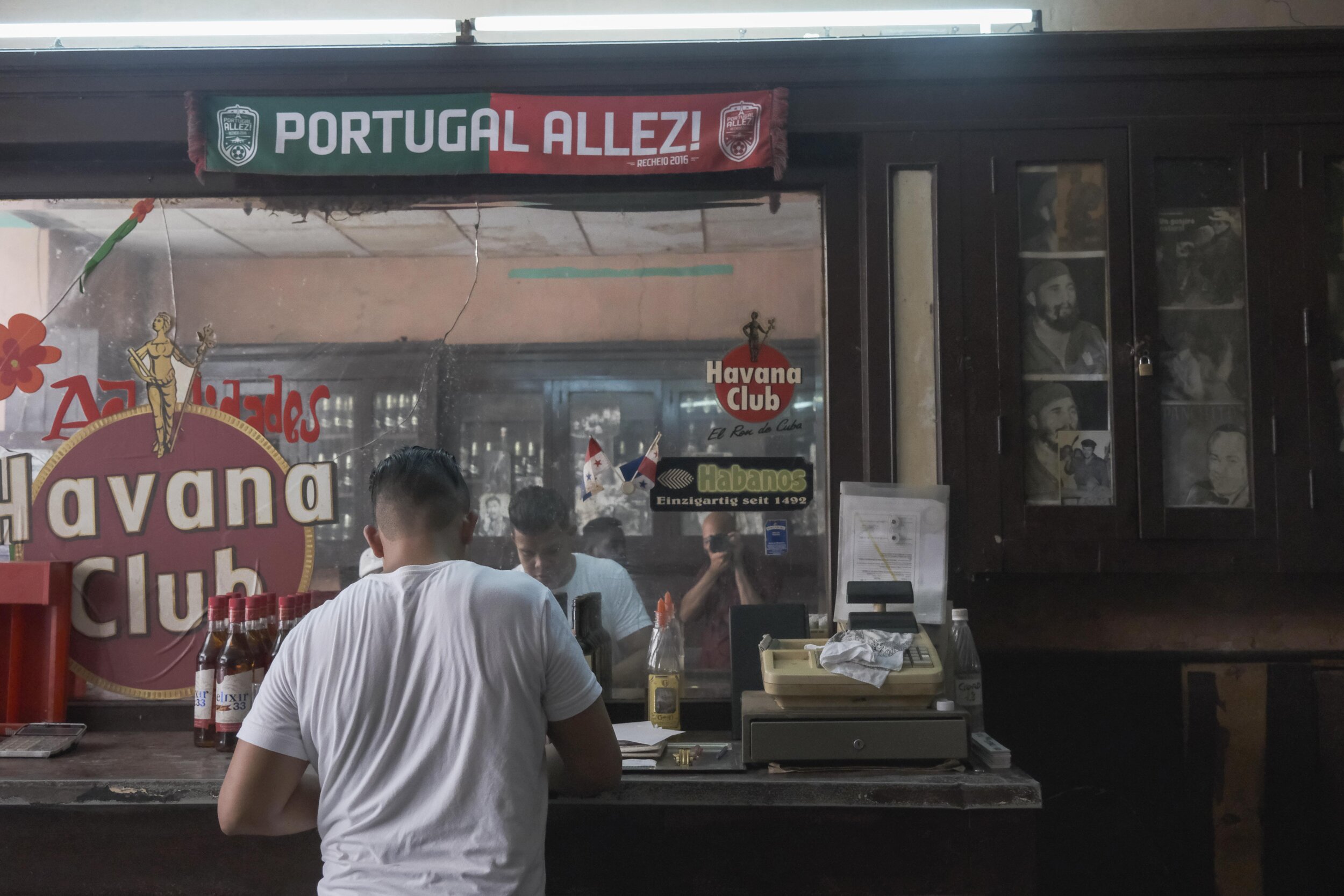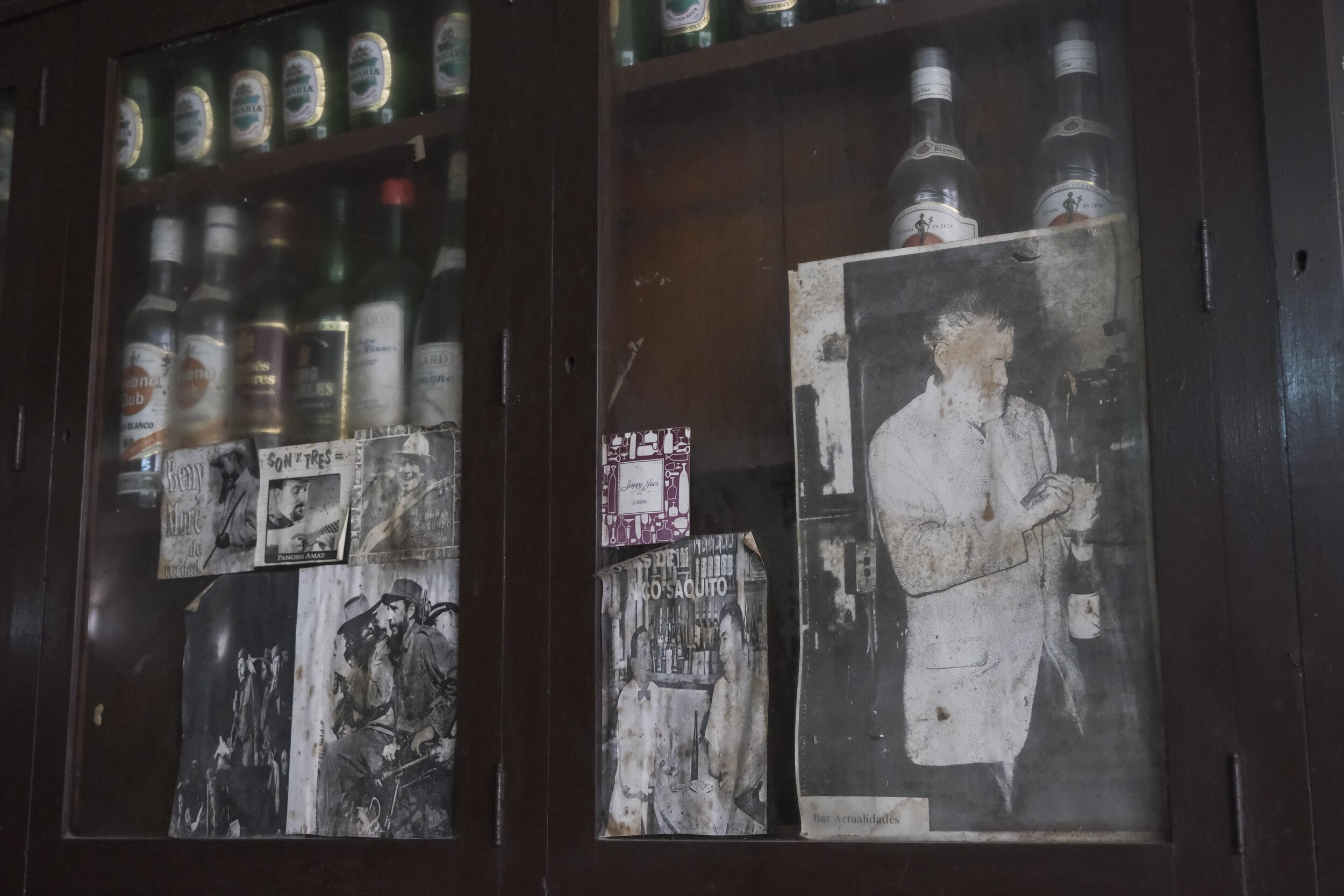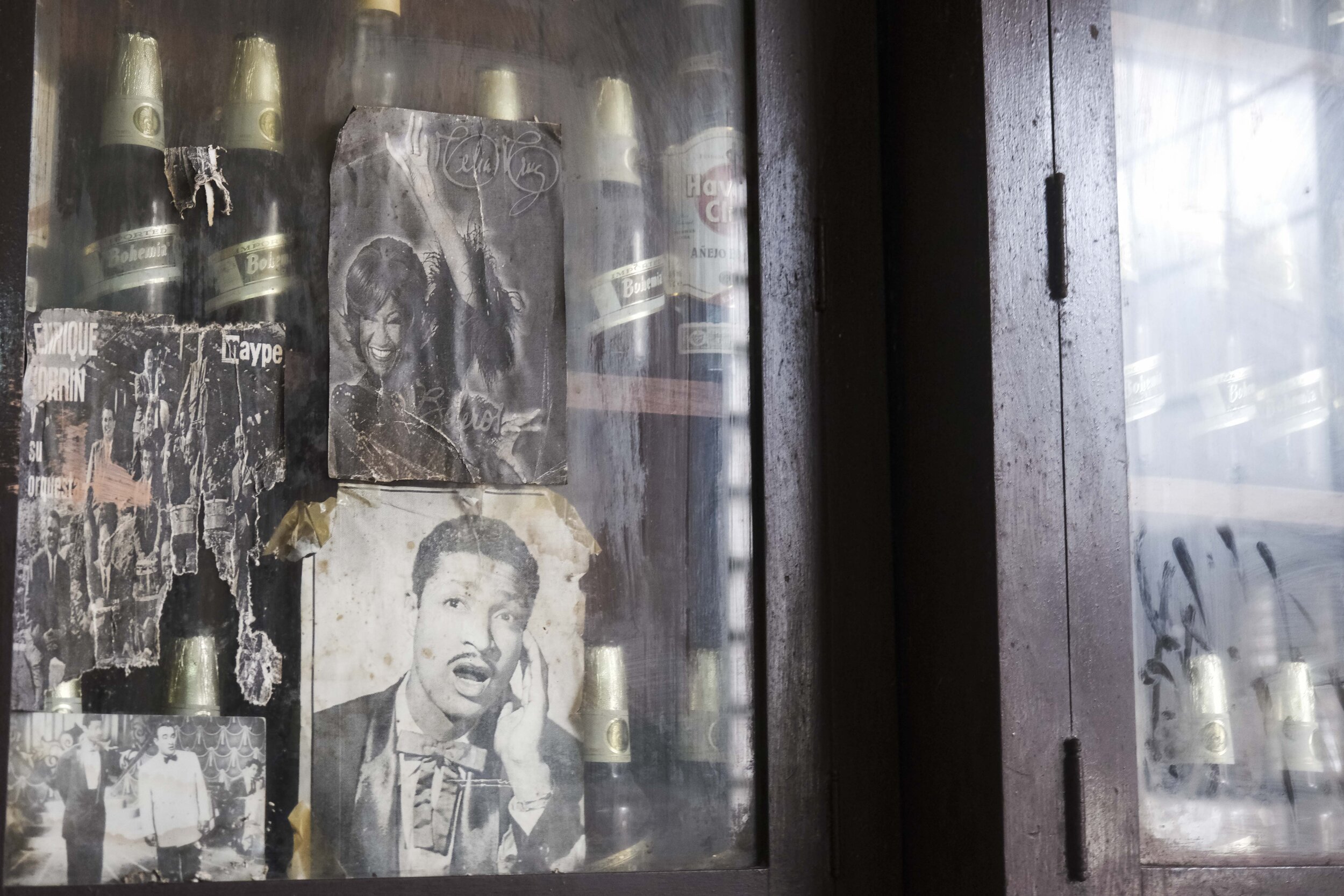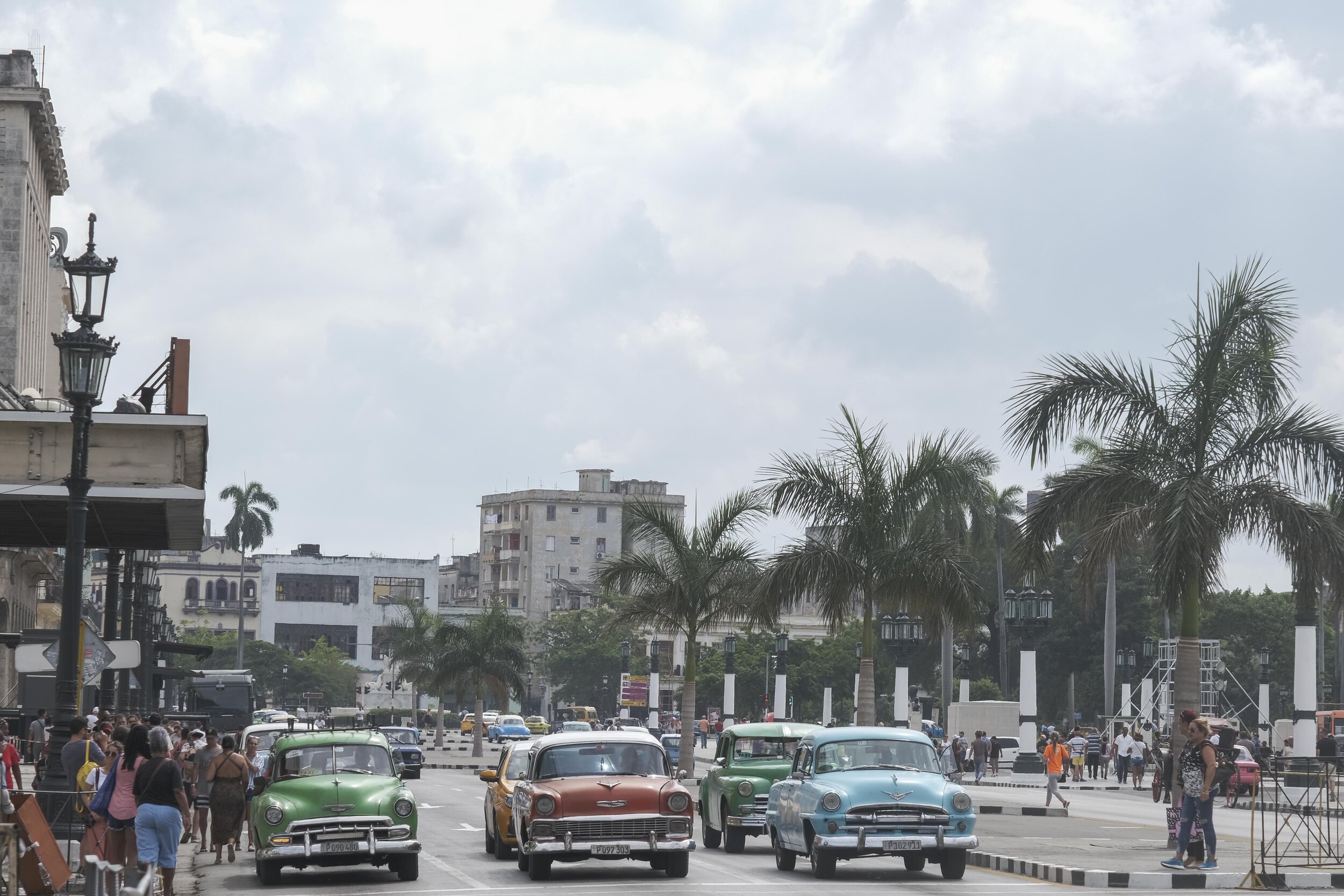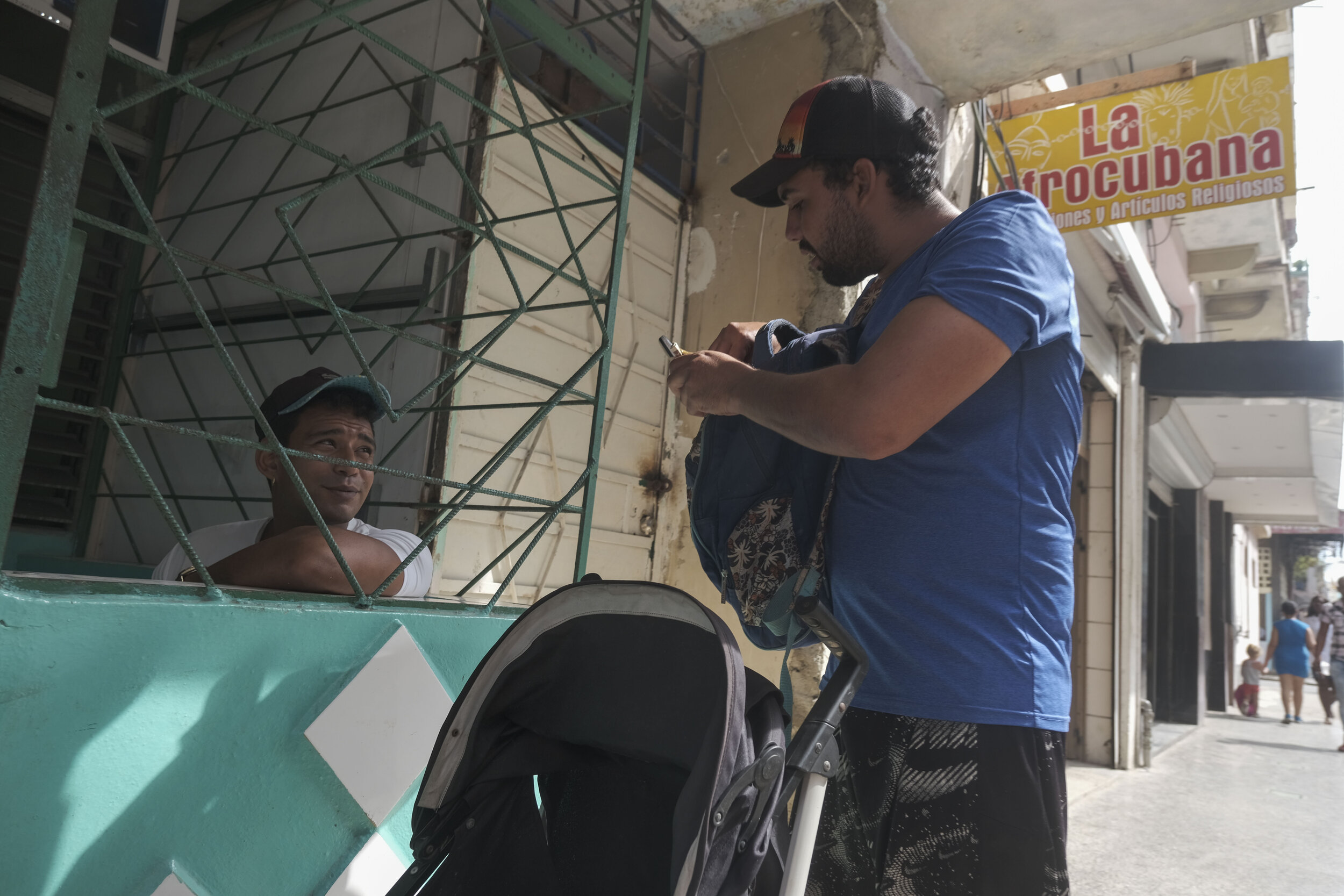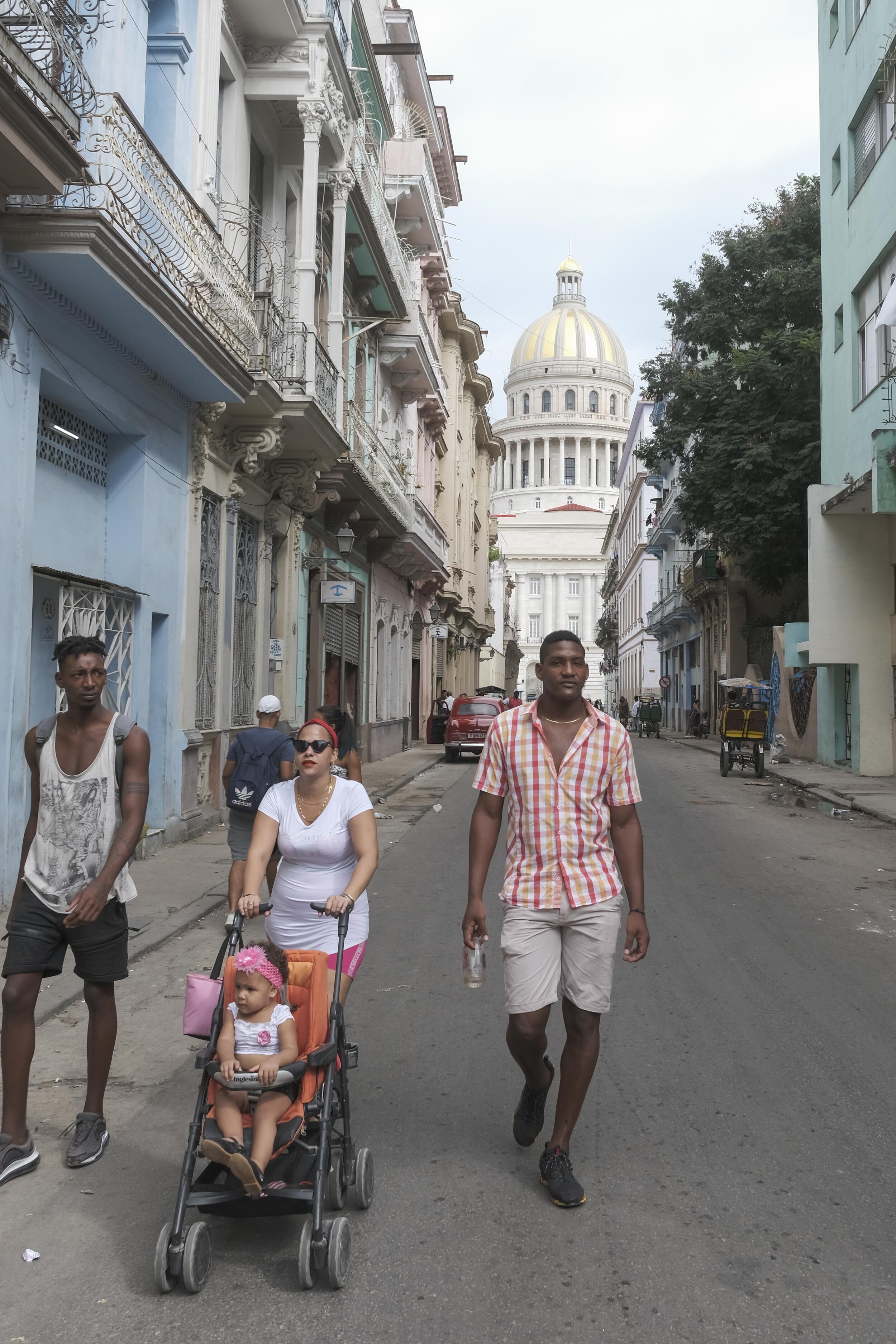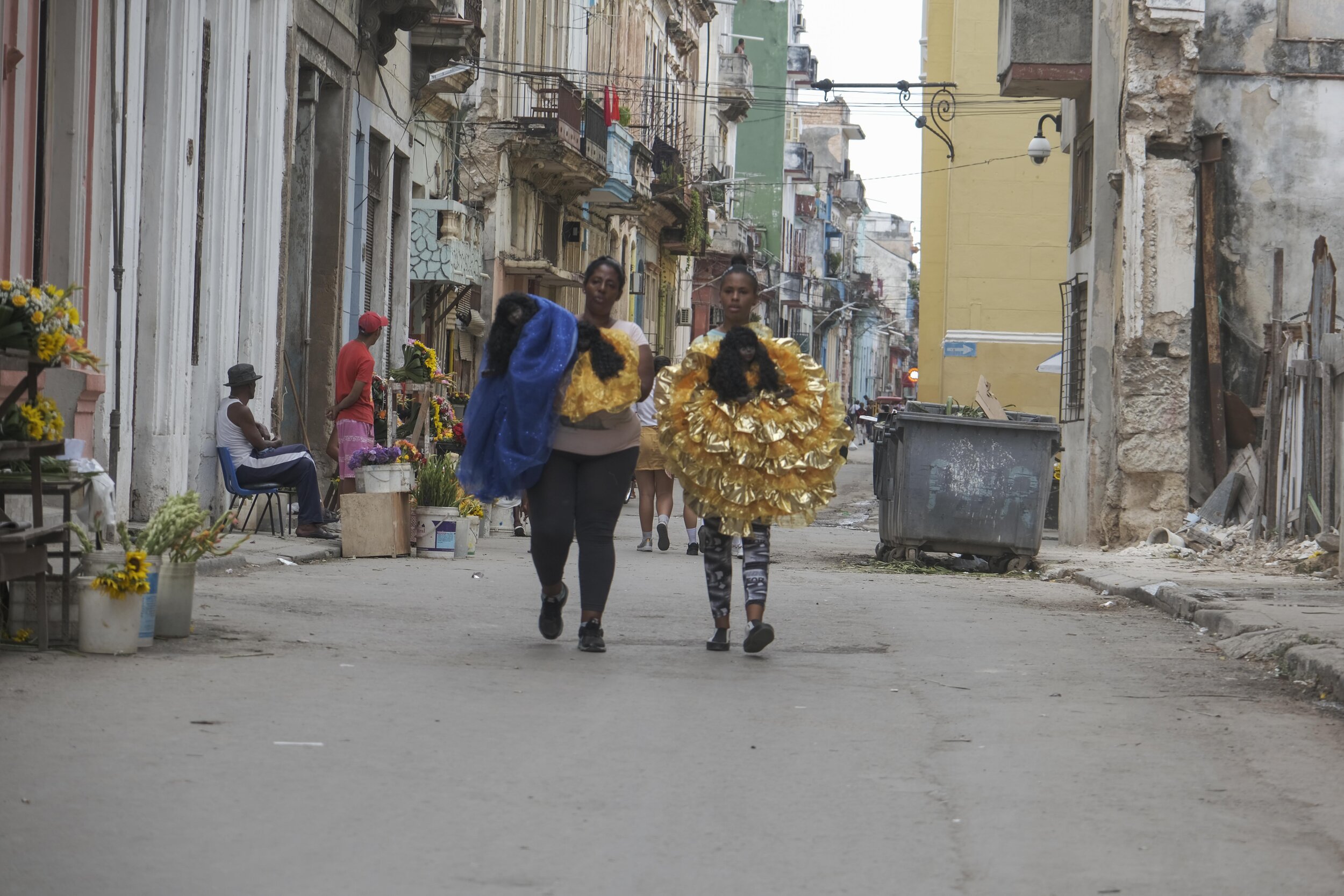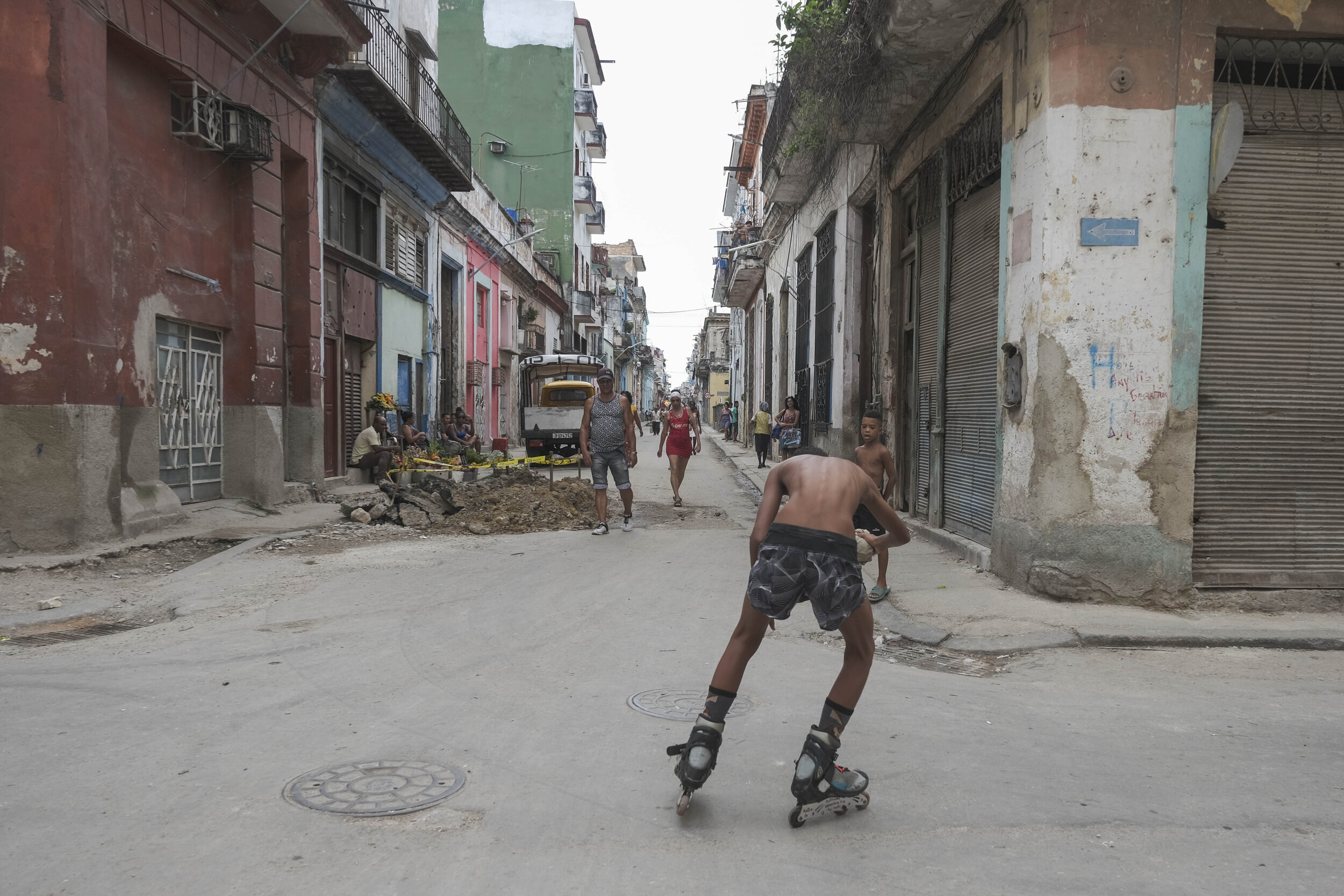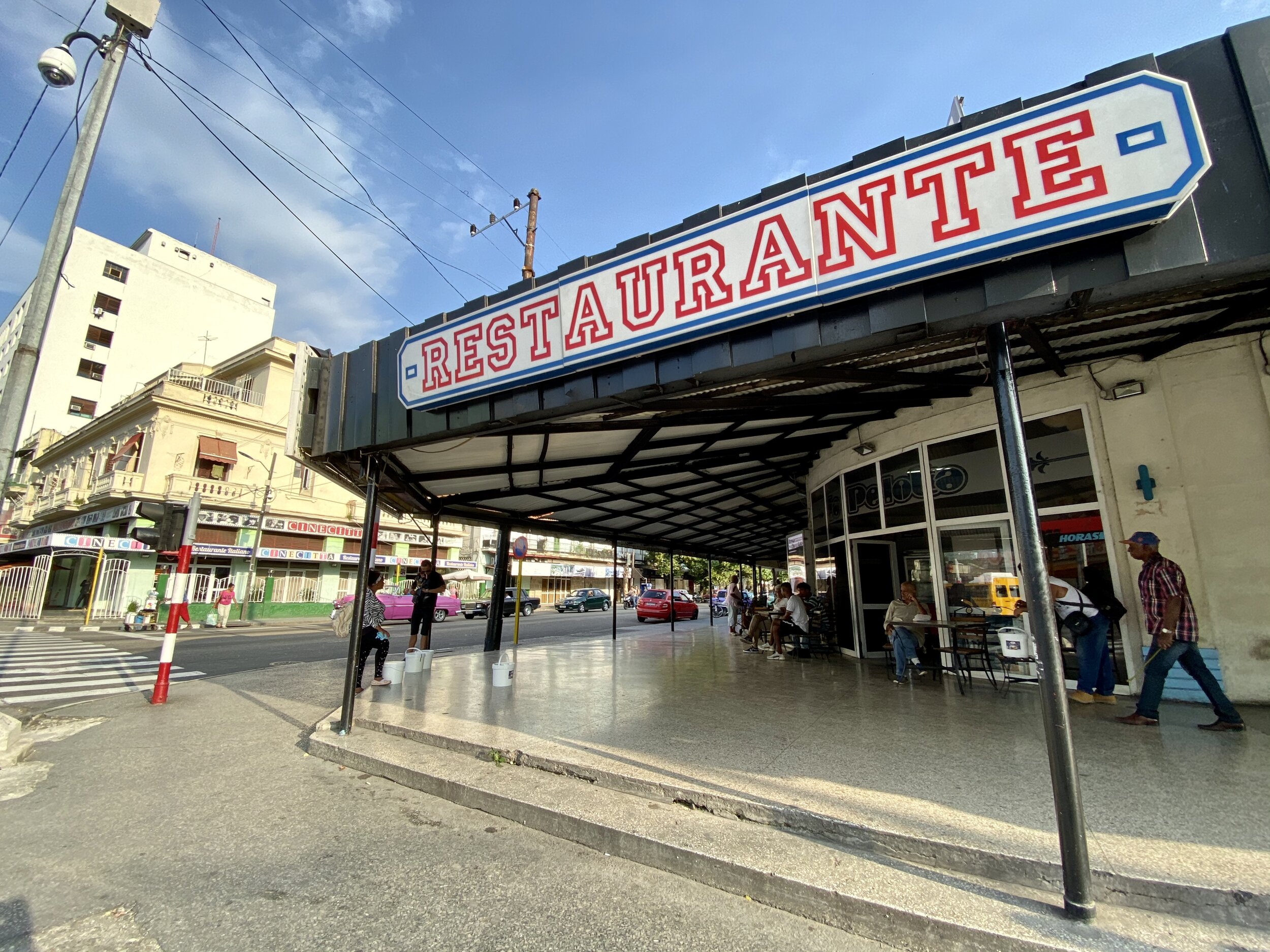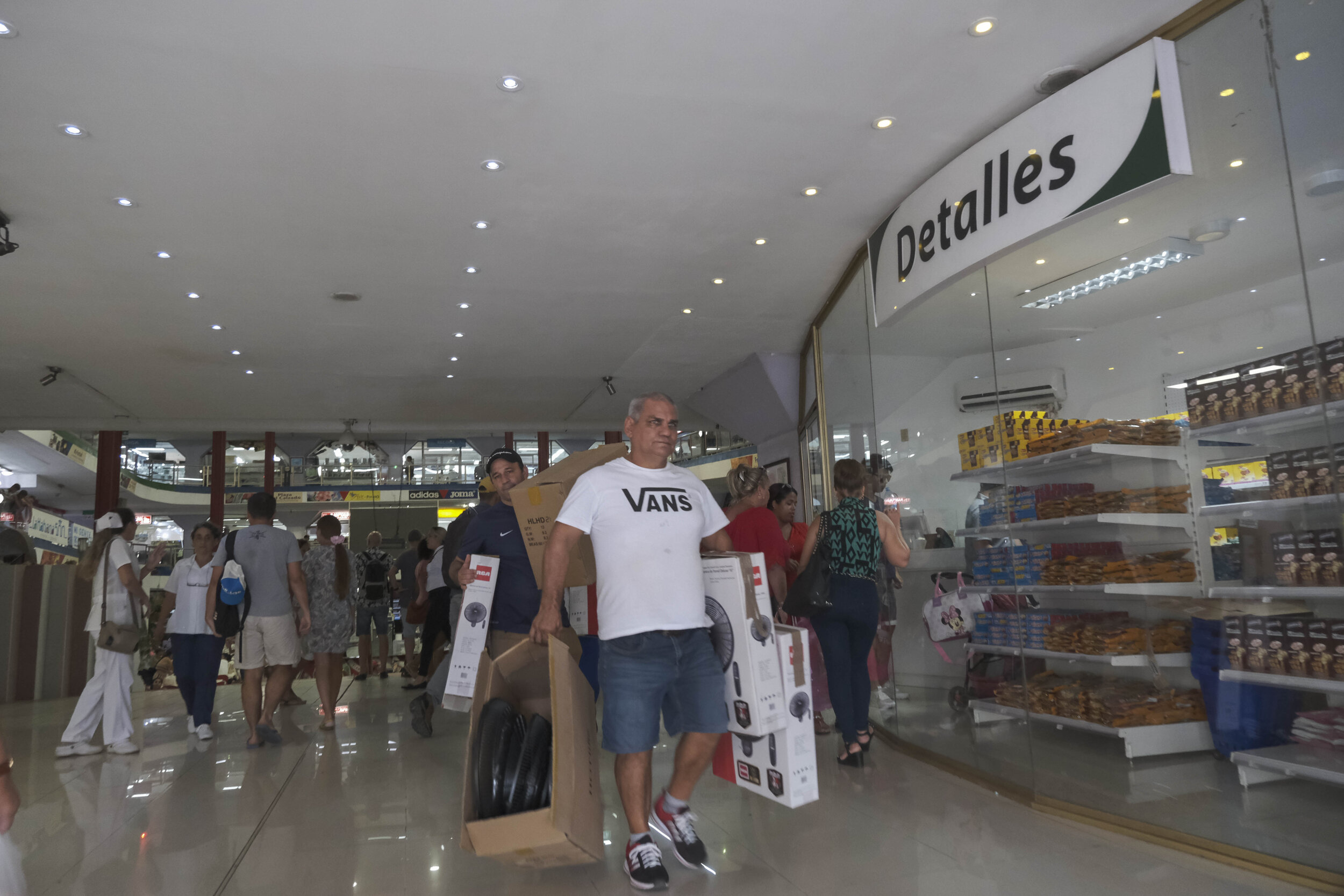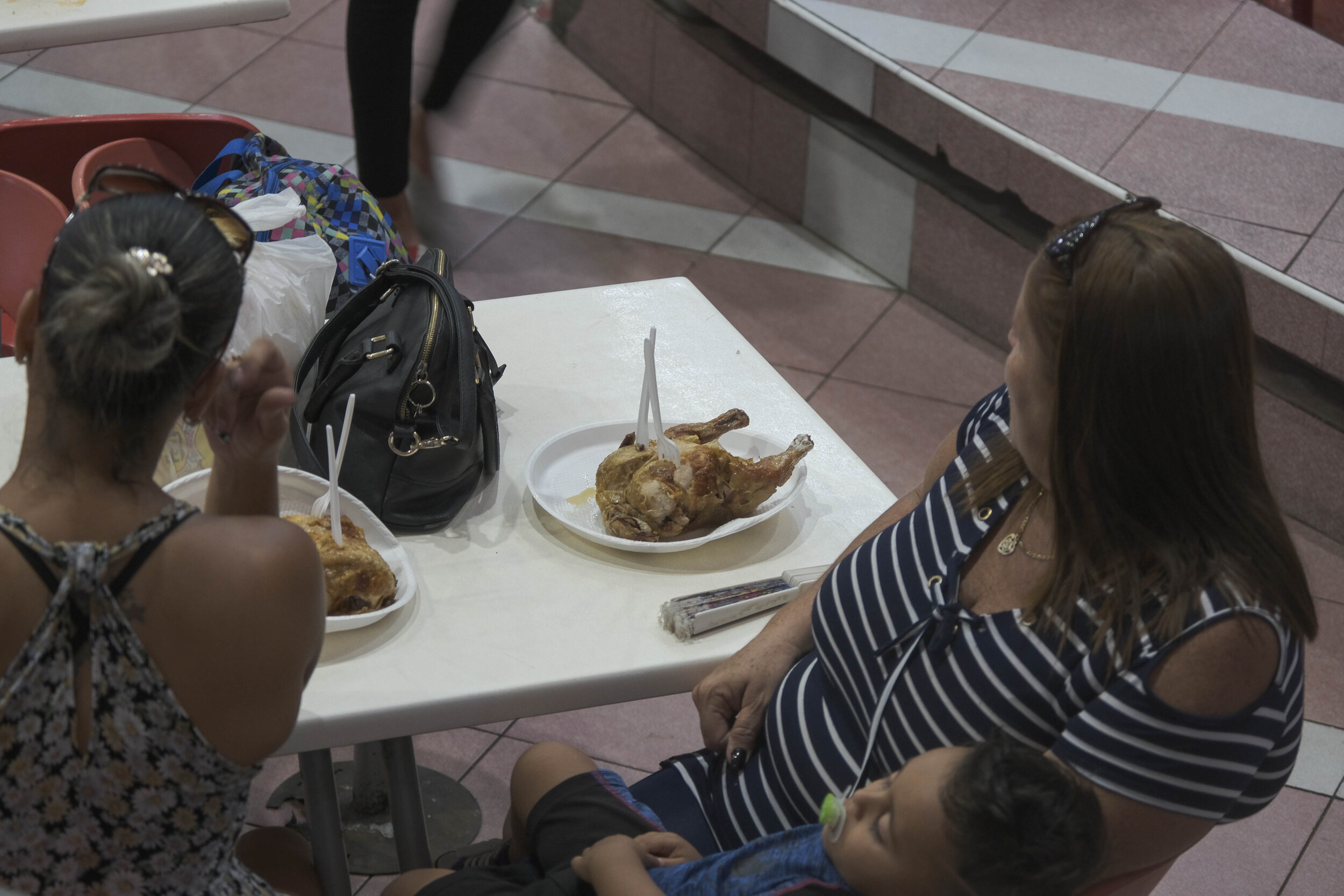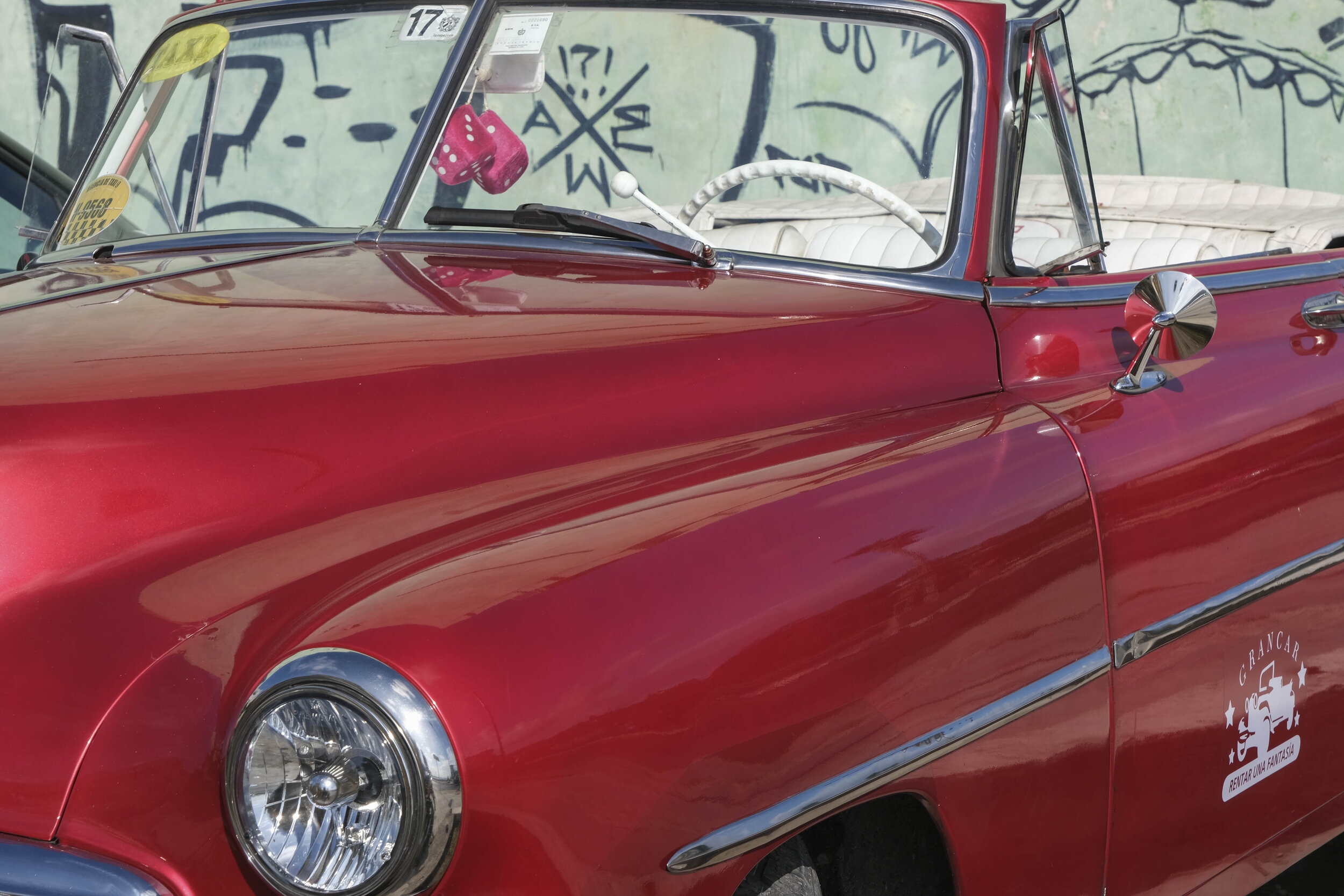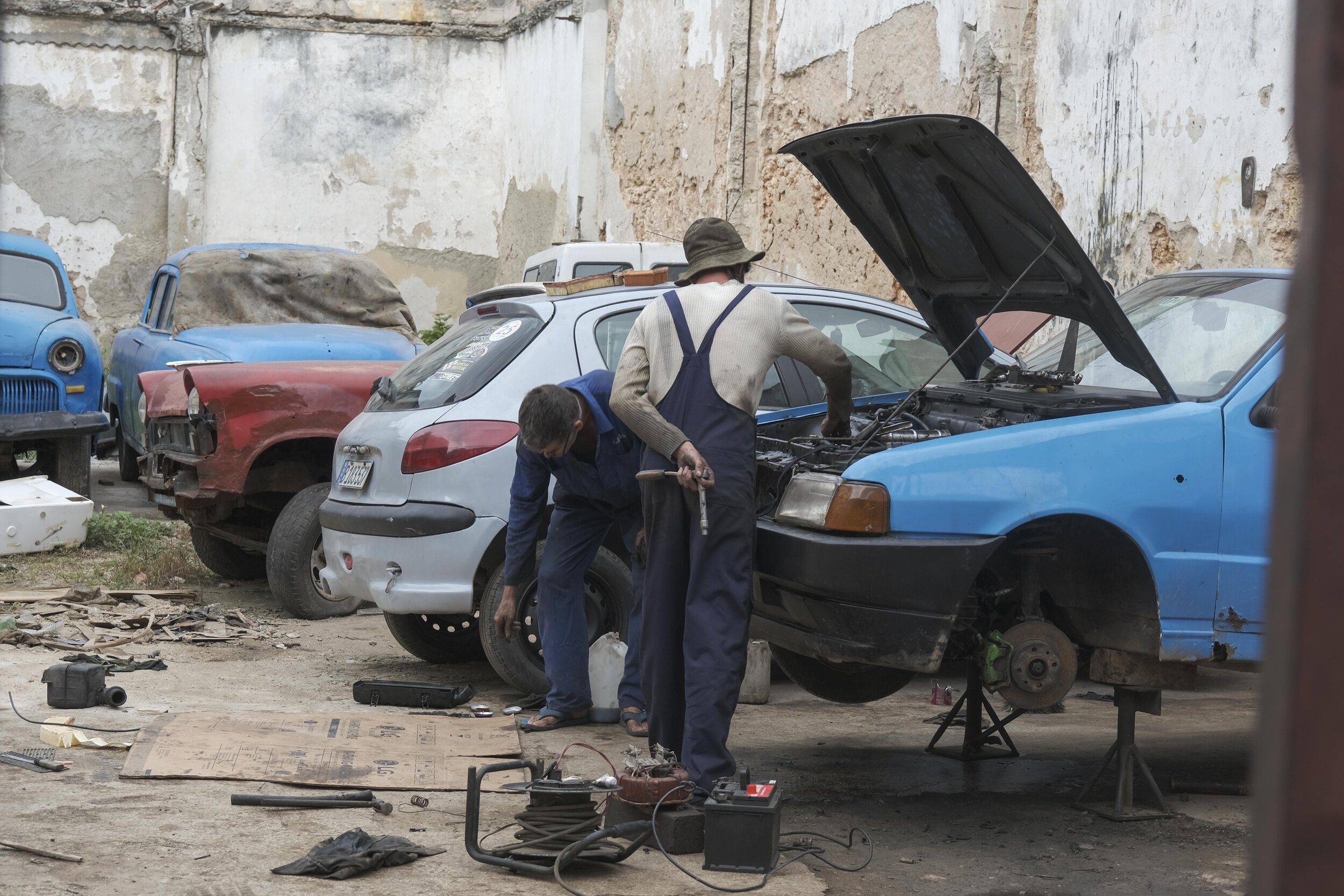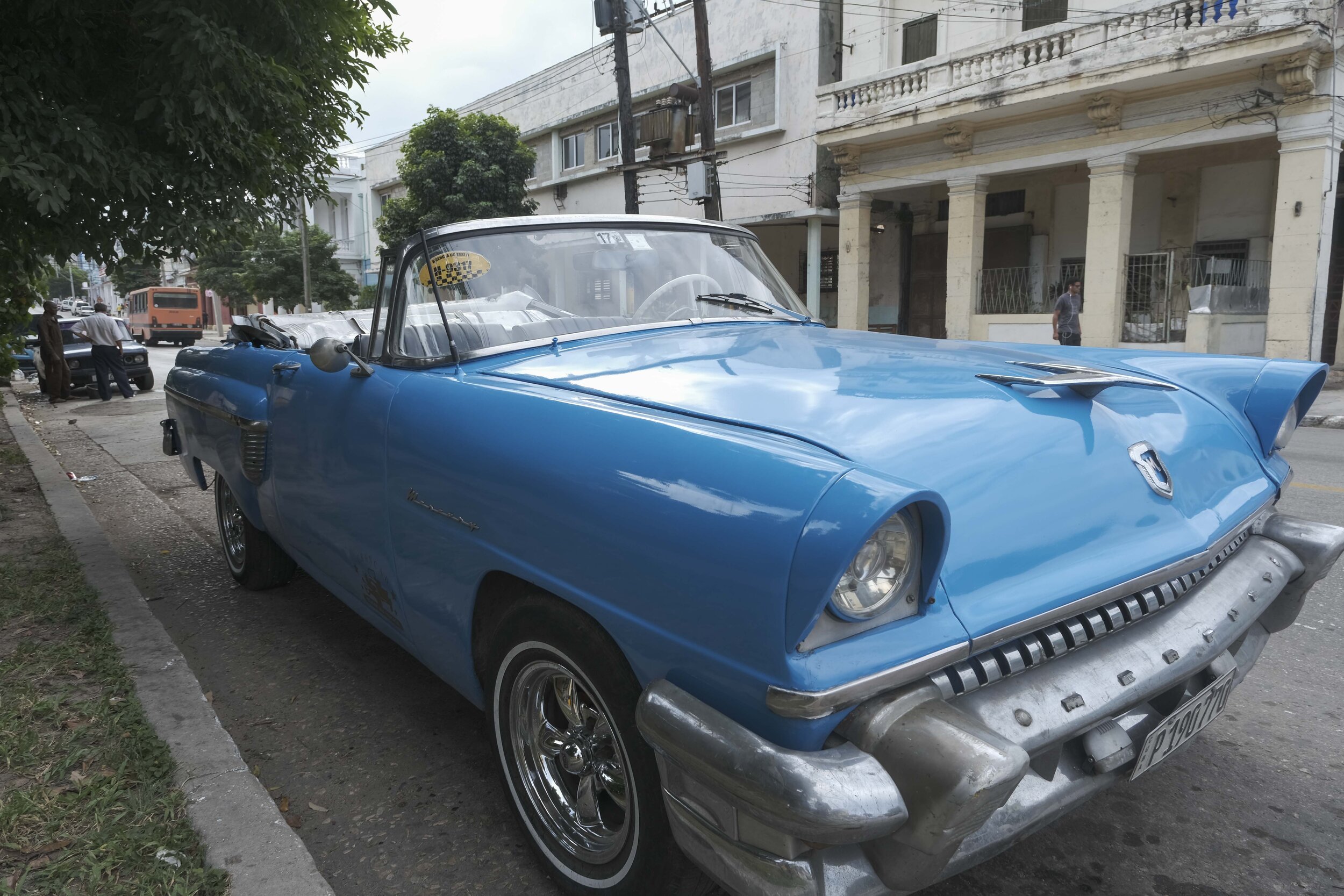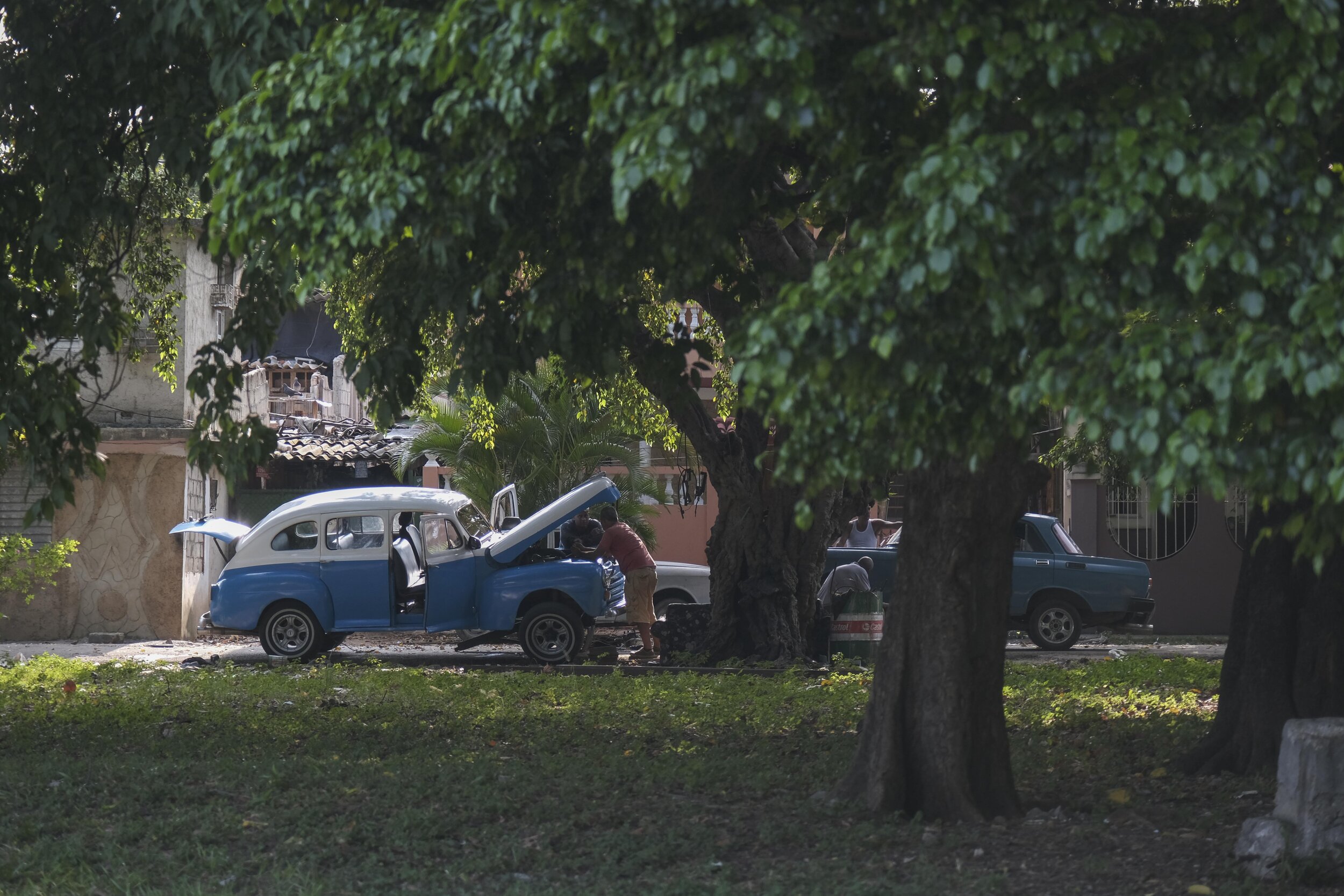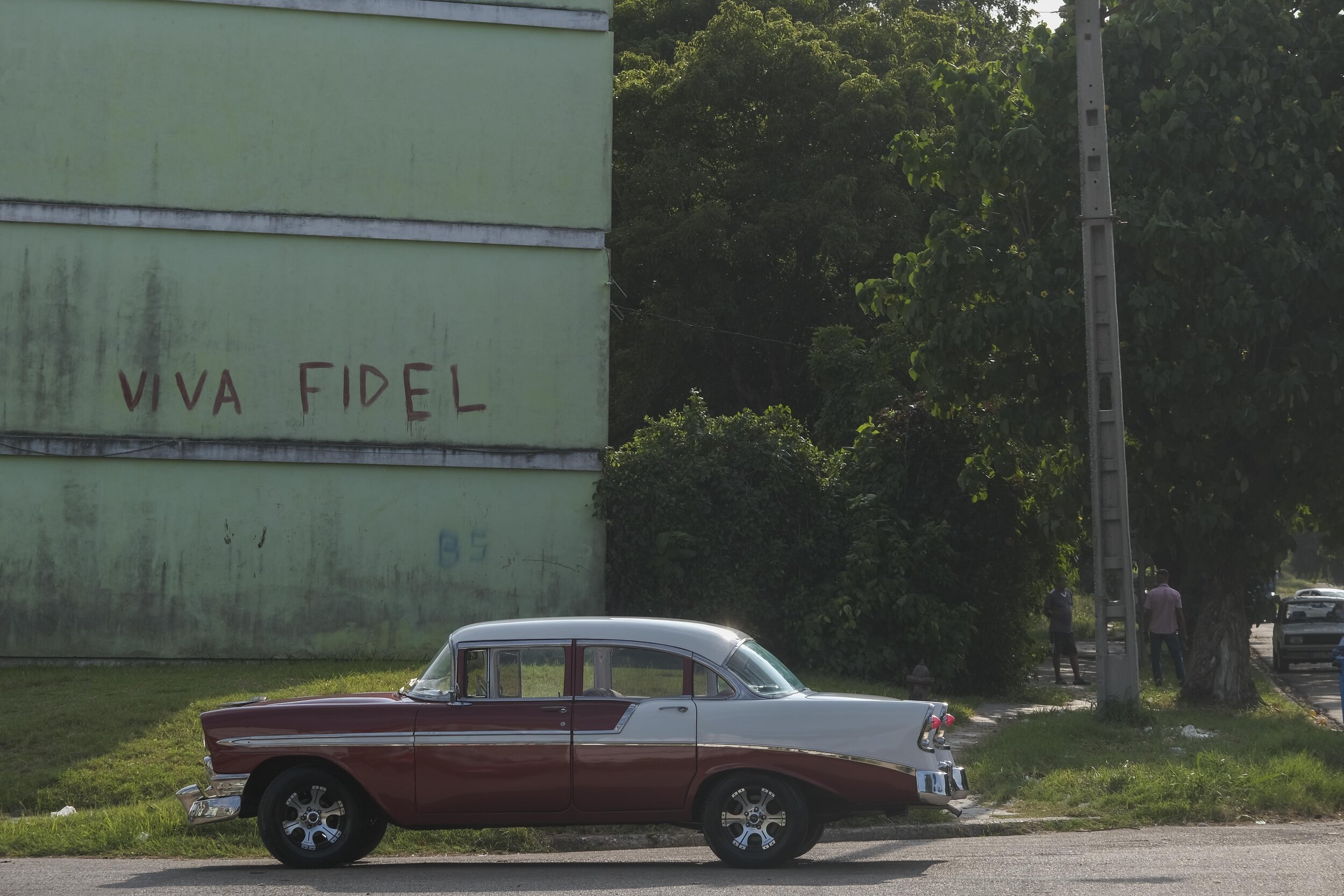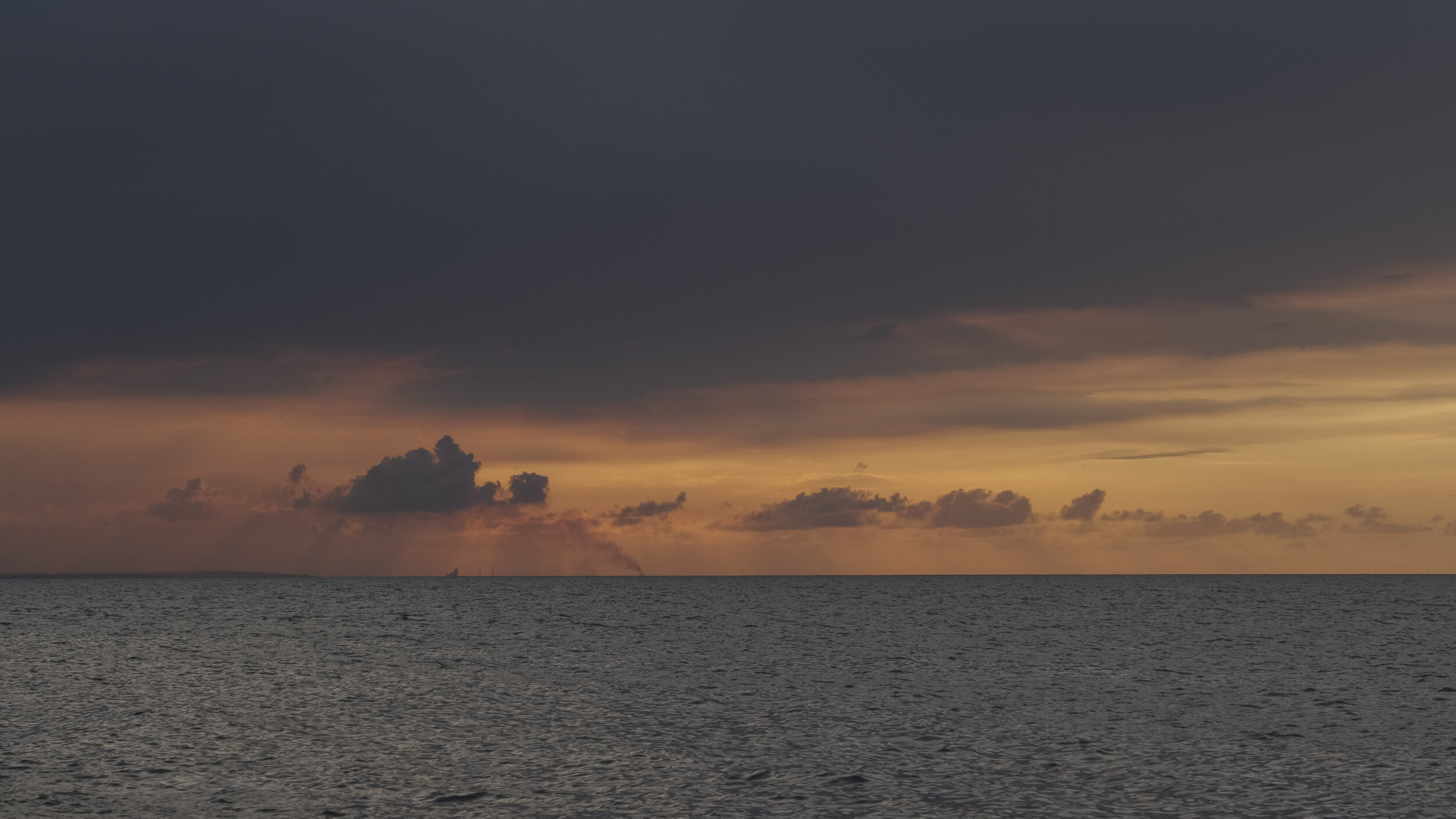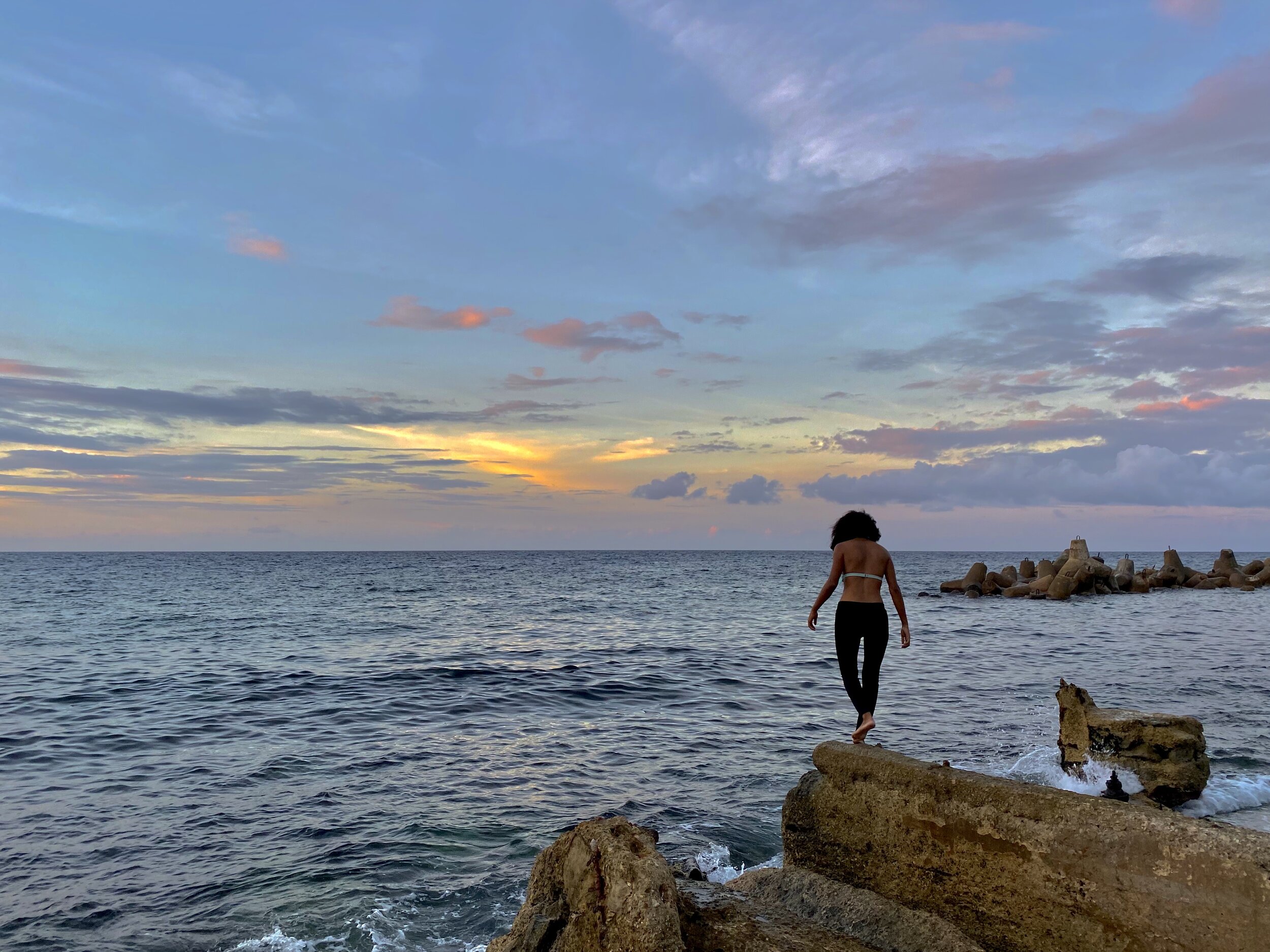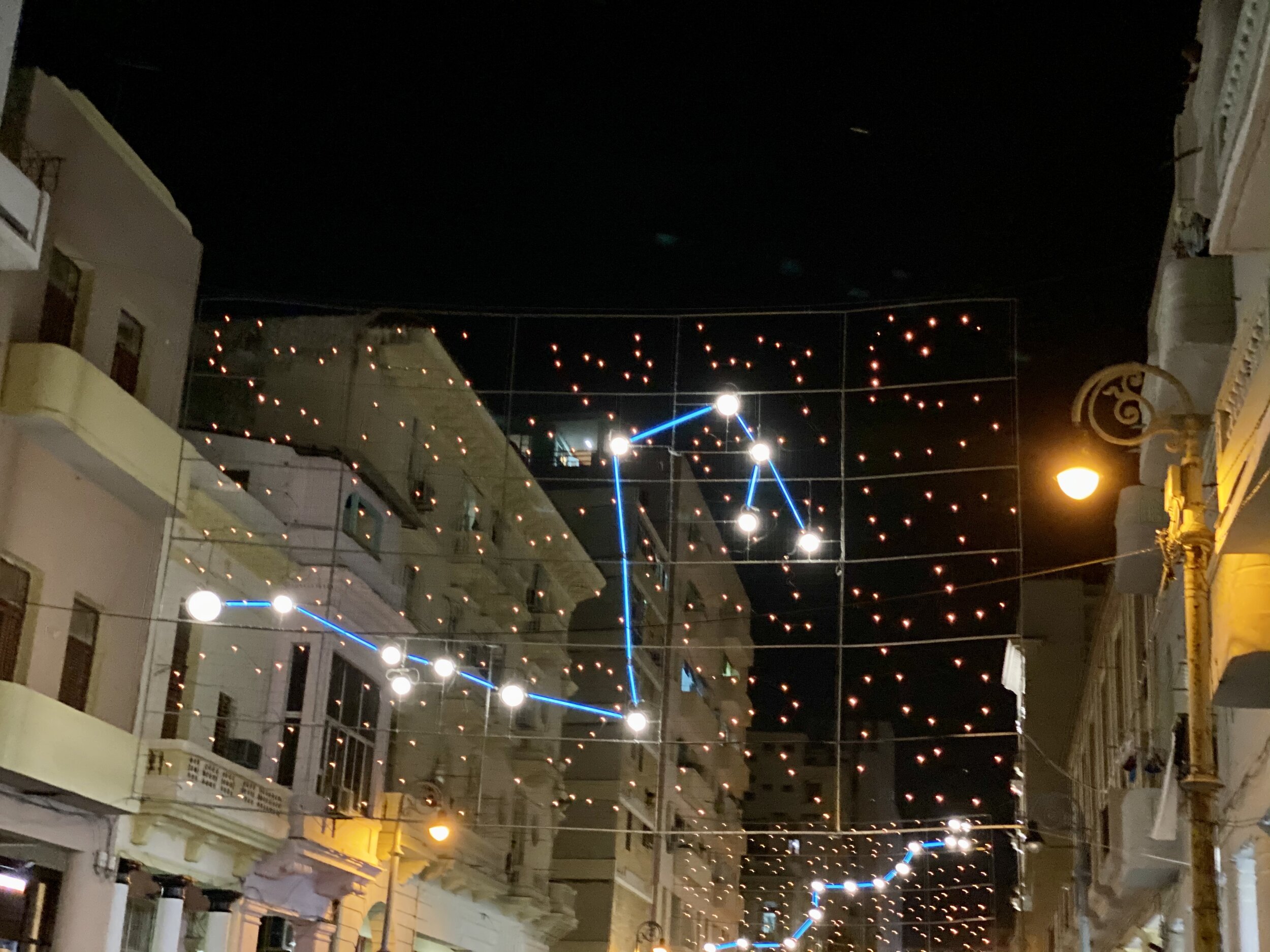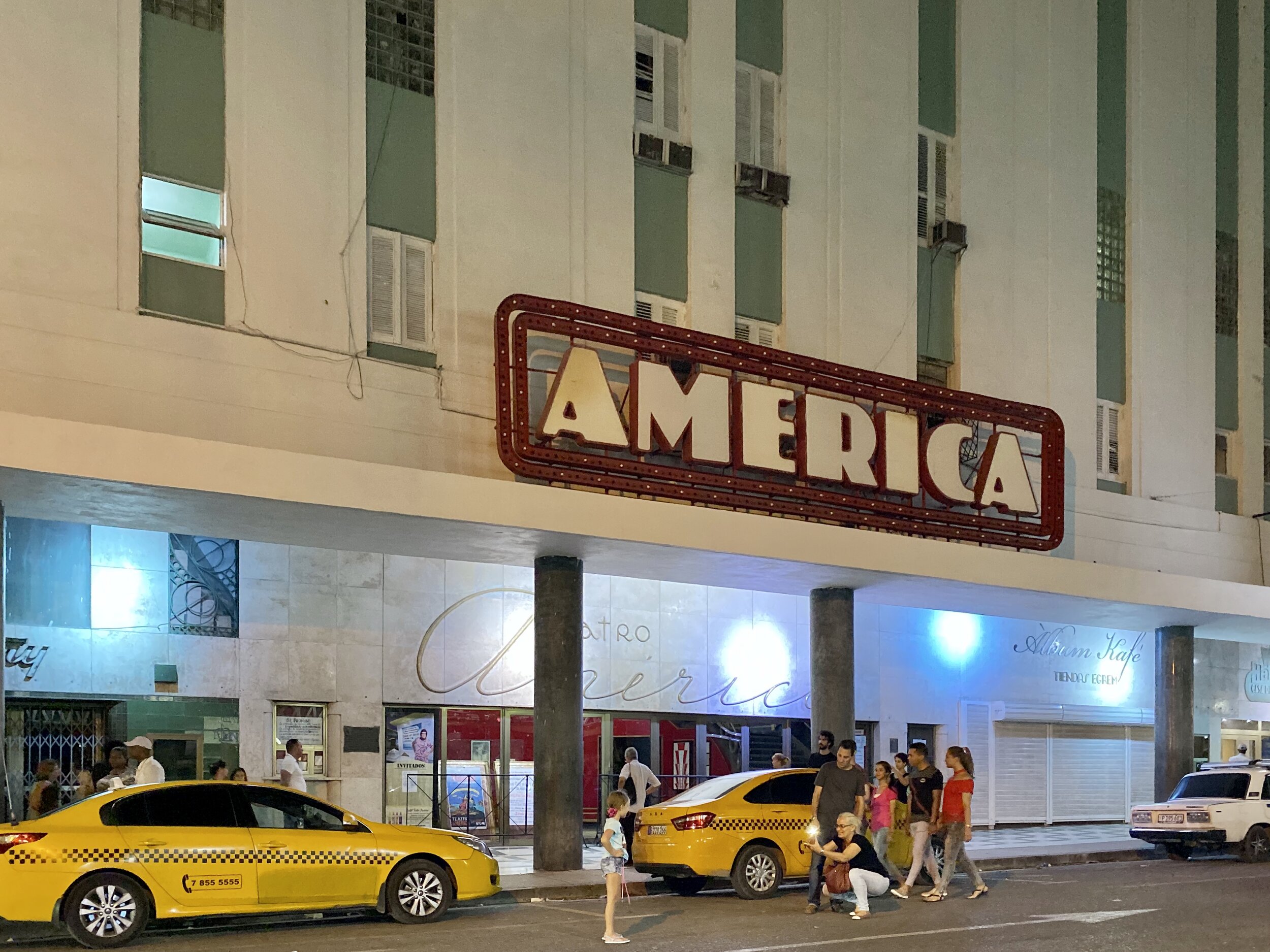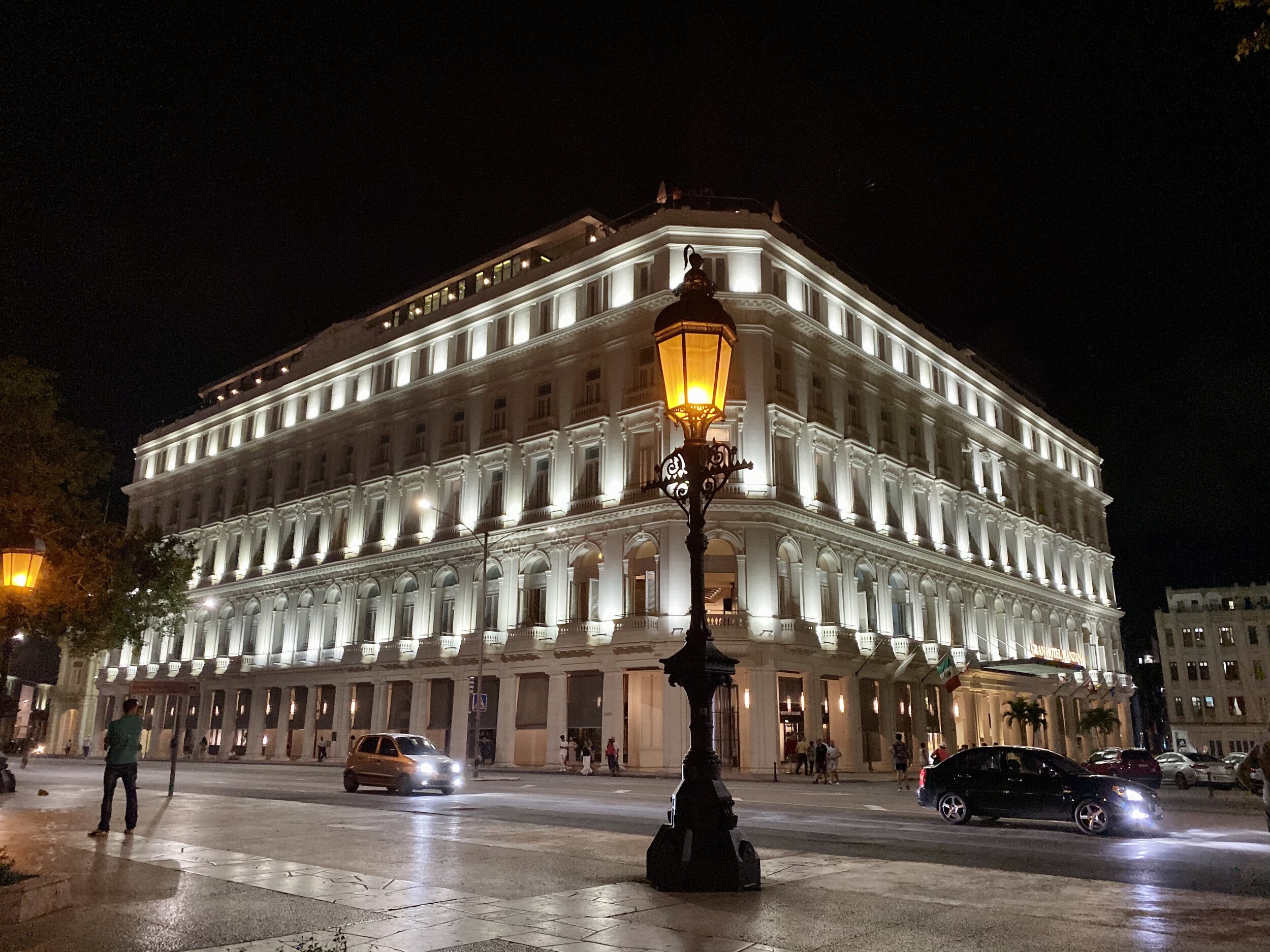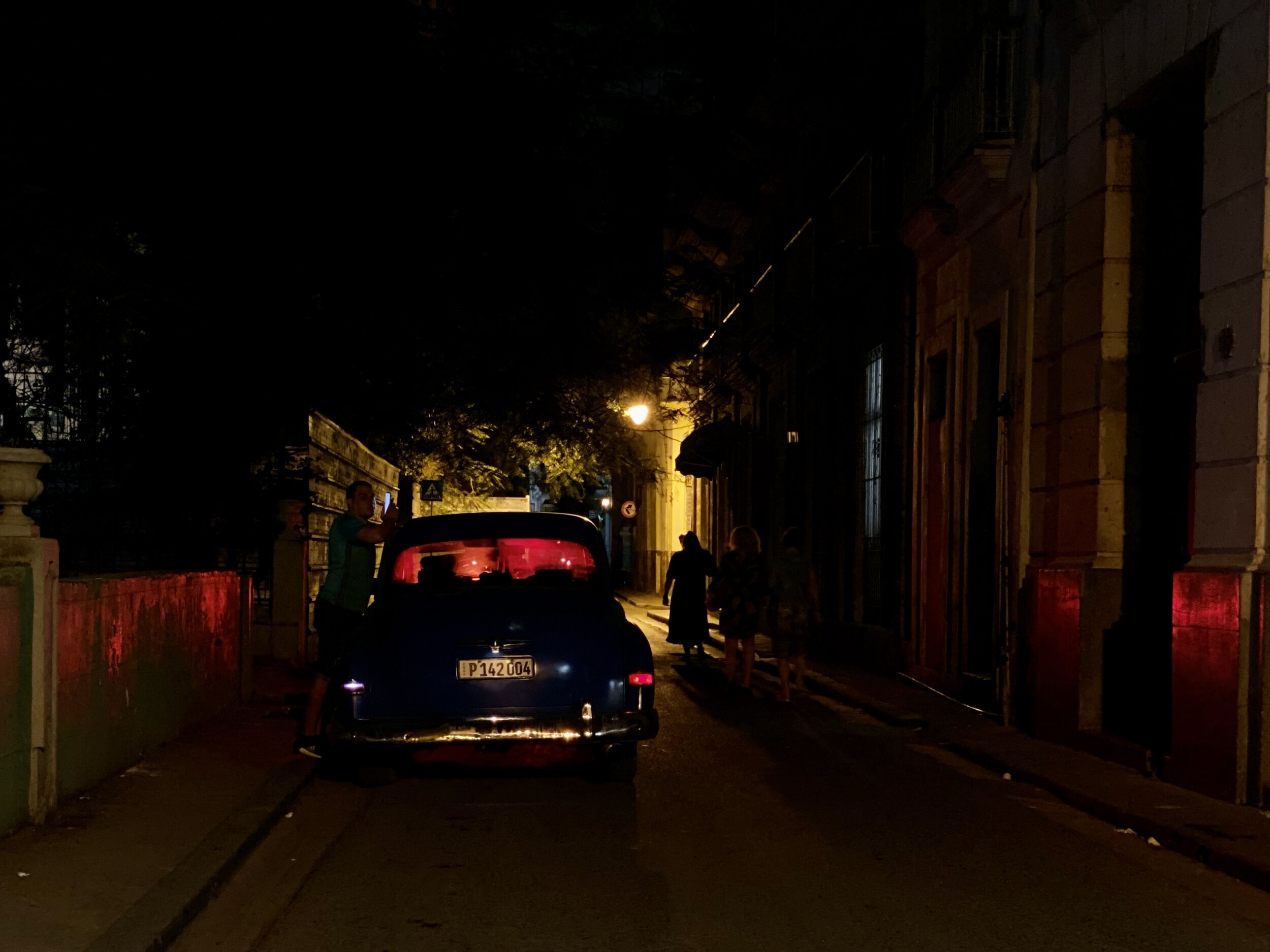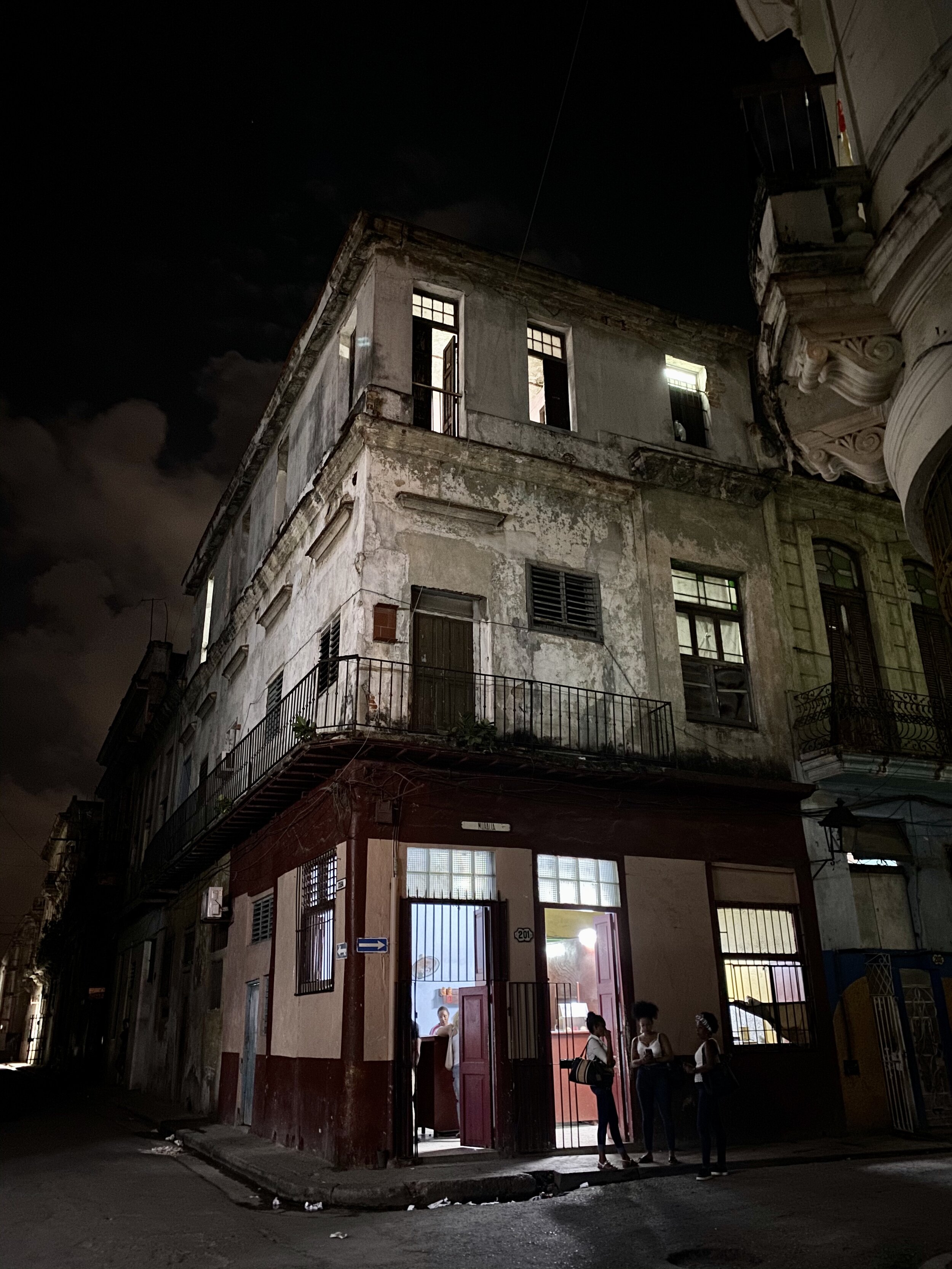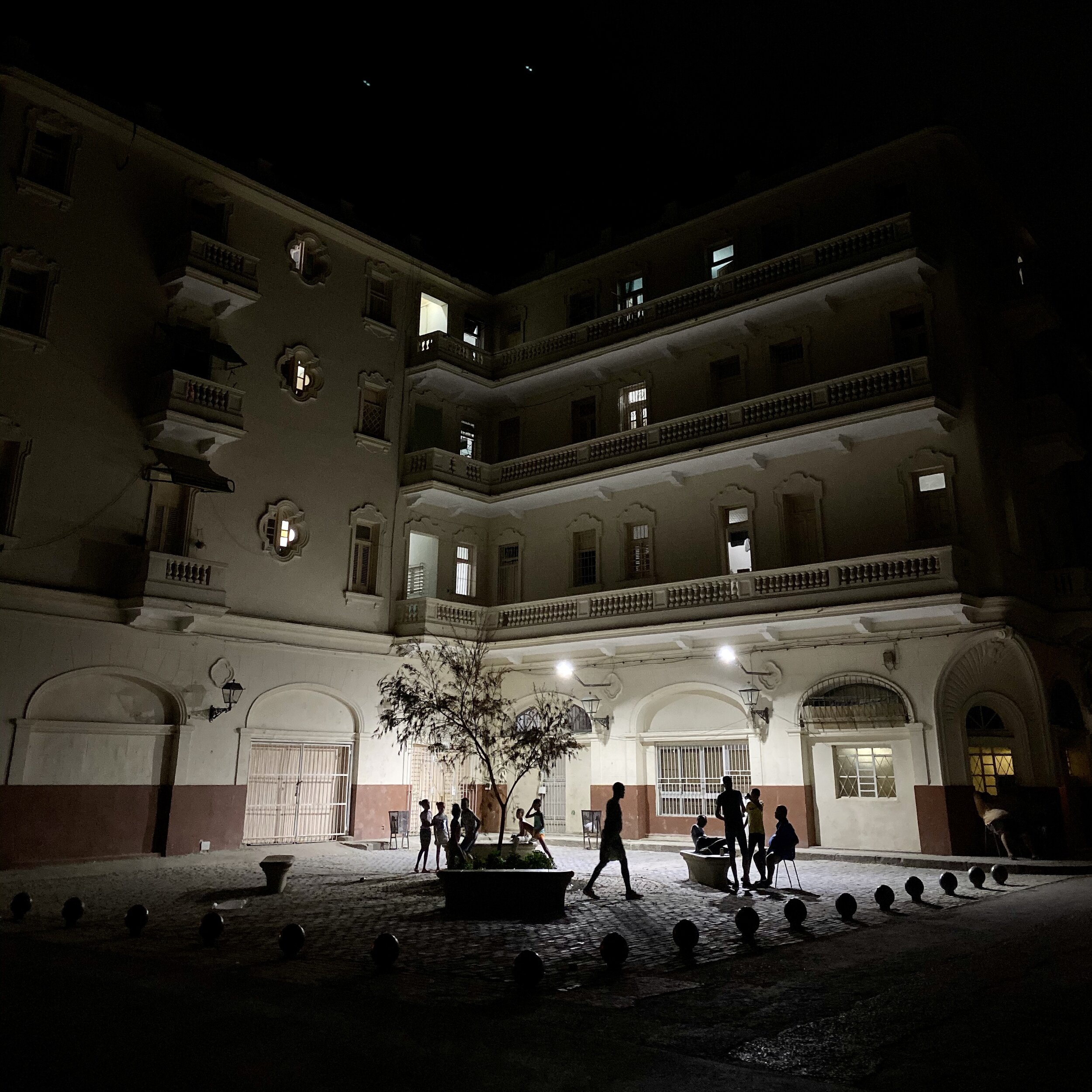Havana: A Visual Diary 1/4
Marc Nair
1 December 2019
I arrive in Havana after over 16 hours of travel and transit from the artist residency that I was at in Armila, in the north of Panama. Vaguely, I remember that drones are banned in Cuba, but mine is really small (DJI Spark). Nevertheless, I declare it on my form and it gets flagged at security. In fact, there’s first a twenty minute delay at customs. Apparently they can’t understand why my surname is Nair, and keep insisting that it is Daniel. I still haven’t figured out a good use for my middle name. It’s like an odd pendant that I have to wear around my neck.
So, I have to surrender the drone and apparently I’ll get it back when I leave. The only problem is that I have to line up behind people who look like they are trying to bring an entire shop with them. They have drills, souvenirs, even air con units! It’s insane. The woman in front of me communicates that she has been waiting for five hours already and they haven’t gotten to her yet. Apparently, each item has to be documented and weighed so the excess duty can be paid. After an hour of waiting, another officer calls me over to request details so she can fill up a form. It’s incredibly long and detailed. And when she’s done, someone else comes to ask me questions about the drone and even photograph the poor thing like it’s a criminal! She asks me where I bought it and even who I bought it from! It was used on Carousell so I had to invent a name on the spot. Richard Sim. I bought my drone from my amigo, Richard Sim.
Finally, that debacle was over and two hours later, I haggle for a taxi (25 CUC) about 35 SGD! For a thirty minute ride to my hostel. And oh, the currency exchange is a bunch of ATMs. Cuba has two currencies, the local peso and the convertible peso (CUC) for tourists.
The driver manages to find my hostel, just off the center of the old city and down what looks like a pretty dark alley. It’s close to 1am but thankfully the guy who runs it wakes up and lets me in. The shower is the best thing I’ve had in three weeks. It’s amazing how a simple hostel can feel luxurious.
*
In the morning, I wake too early, unable to sleep much. It is very warm and I can’t wait to get out and walk. But a few first world problems... no internet and no water. Problems are mitigated but not solved with breakfast. There’s bread and butter (butter after three weeks!!) with avocado slices and coffee. There’s a school just down the street and the kids gather on the road for their morning assembly. They sing the anthem, teachers make announcements and a small group of girls dances for the others. A very lovely start to the day.
Cuba is gearing up to celebrate its 500th anniversary on 17th November, which is also coming the start of the tourist high season. Unwittingly, I’ve arrived in a sort of lull period, albeit with paint and scaffolding. Everything is being prettied up. Steel railings are being repainted, classic cars are being polished, many government restaurants are closed while their facades undergo a quick dash of paint and 500th anniversary banners.
Looking for water seems impossible. I duck into a couple of shops. Both have no water for sale.
By the San Francisco Plaza, I see a man typing away in a laptop, just sitting on the sidewalk. This is a man that knows where the internet is, I think. Miguel explains the vagaries of how internet works here. One has to head to certain spots, like parks or particular streets, to get the WiFi signal. I am a smartphone camel looking for my WiFi oasis in a desert of disconnection. Miguel very kindly gives me a card to use, so I sit beside him and get online.
While sitting in Plaza de Armas, a historic square, to write some thoughts down, I see an event about to happen on the street behind me. People are holding what looks to be a very glossy magazine. I wander over to a makeshift table where they are selling it. It’s apparently an official periodical from the government, and this issue is a special one that feature essays and photographs that juxtapose modern Havana with paintings of the city throughout its history. It’s just under one cuc, so I get a copy. Unfortunately, it’s only in Spanish so I can only look at the photos like an illiterate child.
I walk randomly in search of water, and manage to find a street stand just before following signs to purchase WiFi cards from someone’s house! It’s a strange economy. The WiFi cards give me an hour of Internet for 2 cuc each.
The house where I find my WiFi cards
A woman walks alongside me with her daughter. She seems genuinely interested in where I’m from. I imagine that Singapore is like some exotic notion for most people. She takes me to a bar draped with international flags where a man tries to sell me A Havana frese, an overpriced mojito, then tickets to the Buena Vista Social Club and then cigars. I’m curious about the cigars so he takes me a few doors down to a house where a guy opens a box of Cohiba and another box of Cristo cigars. Apparently he works for a co-operative, so prices are cheaper than in the government shops. Everything is framed in terms of famous people who smoked. Castro smoked Cohiba, so did Obama. Each cigar is 4 cuc. I have no idea what the prices are like, so I decline. But I imagine it won’t be difficult to score a few if I do desire to buy them, even from my hostel dude.
A street barber calls to me. I take my cap off and he laughs. I laugh too and walk on. Then I stop and turn around, ask if I can get my head ‘suave’ (smooth). We haggle for 3 cuc and he gets to work. It’s a little thing I like to do, to get my head shaven in various countries, and this guy does a great job.
There’s a local burger joint on Emperado. I get a decent burger and a tiny cup of coffee for 2 cuc.
A fruit seller beckons me over. Gives me a banana and puts a bunch more in a bag. He gets me to try a variety of guava and some other fruit that I can’t name. I don’t want the rest of the bananas. He asks for one peso for the banana he gave me. No such thing as a free banana in life!
The streets are laid out in a grid, and there are house numbers on most of the doors, so it really is quite easy to search for where I want to go.
Dennis stops and compliments me on my beard. It’s a good opening line. He then practically steers me towards what he claims to be the oldest bar in Havana. It’s a dump, but there are a bunch of photos on the wall to prove its historic importance. Dennis cajoles me into buying a mojito for him since I’m getting one as well. It’s 5 cuc a pop, pretty expensive, but as a kind of return he writes a list of things for me to see and do while I’m here.
I wonder if he’s a trickster, but scoring free drinks doesn’t seem to be a very tenable way of tricking. Dennis says he’s a boxing coach for kids and that his mother works at an international trade fair. He speaks English rather well and seems earnest in getting me to grips with the city. Perhaps this is the necessary baptism for everyone on their first day here. Or perhaps ‘I’m lost’ was painted in large letters on my head.
It’s blazing hot, and I expend precious water to douse my head while connected to the internet in a playground on San Rafael Street.
I’m living like a backpacker so I really feel in between the tourists who are bussed around and eat at overpriced government restaurants and the locals who eat the equivalent in Cuban pesos. 24 Cuban pesos make up one Cuban convertible dollar, or cuc.
I’m walking to the Cuban Art Factory, about 5km away. It’s a great way to see the city. For example, the street I’m on transitions from women sat outside selling flowers to woodworking; carpenters hammering and sawing away in various shops.
A snack from a hole in the wall. It’s a small baked biscuit with a jammy filling. Delicious. 3 pesos.
There’s an actual mall across the road and of course, I have to go in. The center of the mall is a seating area around food stalls. People are eating entire chickens. By themselves. It’s all local stores, there are no global brands here. In a way, this makes for a very inclusive economy. I wait in line to enter a cafe where they are selling hot and iced chocolate, but it takes forever, and I give up. Queues are everywhere. They don’t even sell beer in the mall, only endless variations of malts.
Just past the mall, local ice cream goes for 10 pesos.
I have never seen a city with so many cars being repaired. Mechanics must have a really plum job in this city. Then again, I have never seen a city with so many old cars. Other than the classic American roadsters, boxy Ladas and other models from pro defunct Eastern European brands lumber along. Where on earth do they get the spare parts?
Another pharmacy, another queue. Clearly, government run stores control their items, or perhaps Cubans are always stocking up In preparation for some impending shortage.
Walking through a neighbourhood with actual houses, some kids on skates and bikes recognise the model of my phone when they ask me to take a picture. I guess the three camera phone iPhone 11 Pro is something here. But I am surprised that Apple’s marketing has hit Cuba. And also, what does it say about the pervasiveness if the Internet as a kind of intangible form of capitalism, this dark shadow that even Castro cannot keep out?
The Jose Marti Memorial
Close to the Jose Marti memorial is a little park called Parc des esculturales. I stop for a breather, angling for shade on a bench. The park has more concrete than grass, and is littered with odd sculptures that remind me of the spomeniks of Eastern Europe.
One of the sculptures in the Parc des esculturales
It’s a stark contrast to the massive plinth of the Jose Marti memorial, rising just beyond. It flanks Revolution Square, which is really just an empty field of concrete. Across from the memorial are two government building with giant reliefs of Che and Fidel. It’s slightly surreal. Completing the square, a phalanx of show-off pink Cadillacs wait for tourists to finish their photographs. Most people are driven here in these cars, rented for 40 CUC an hour. I walked here.
The view across Revolution Square
My path takes me through another neighbourhood with very different housing, a lot more modern than the old city but still at least forty years old. I’m hoping to cut through Colon cemetery, built in 1876. The first person to be buried there (while it was still under construction) was Cardoso, the architect who designed it. Rather fitting!
The entrance of Colon Cemetery
Foreigners can only enter through the ornate entrance on the other side. The original stone entrance is very impressive, probably the grandest facade to a cemetery I have ever seen. And it makes sense to celebrate life by marking the place where we lie in a kind of triumph. Stone holds far better than bones. Etymology of mausoleum?
A little park across from Ruta Bikes
